Crested geckos are among the most fascinating reptiles to keep as pets — full of personality, expression, and charm. Whether it’s their sticky toes, wide eyes, or those “eyebrows” that make them look permanently curious, there’s so much more to these little jumpers than meets the eye.
Here are some cool facts about crested geckos that every gecko parent should know.
1. Their “Eyebrows” Aren’t Just for Looks
Those adorable ridges above their eyes are called crests, and they’re what give crested geckos their name. These soft, spiky structures run from the top of their head down the sides of their body.
Since crested geckos don’t have eyelids, their crests play an important role in protecting their eyes from dust, water, and debris — especially when they leap or climb. The crests help deflect particles away from their eyes, acting like a built-in shield.
If you love watching your gecko climb and explore, consider adding the Geckopia Flex Bridge to their enclosure. It provides a safe and flexible climbing surface that mimics their natural environment while promoting healthy muscle movement.

2. They Clean Their Eyes with Their Tongues
Because crested geckos can’t blink, they keep their eyes clean in an adorable way — by licking them. This helps remove dust and maintain clear vision. If you notice your gecko doing this often, don’t worry — it’s completely normal and part of their natural grooming habit.
Keeping their enclosure tidy can also reduce debris that irritates their eyes. Using a Geckopia Triple Dish for food, water, and calcium helps keep feeding areas organized and prevents unwanted mess that could affect their delicate eyes.

3. They Were Once Thought to Be Extinct
Crested geckos were considered extinct until they were rediscovered in 1994 in New Caledonia. Since then, they’ve become one of the most popular pet geckos in the world — and for good reason. Their friendly temperament, expressive faces, and low-maintenance care make them ideal for new reptile owners.

4. They’re Expert Jumpers and Climbers
Crested geckos are arboreal reptiles, meaning they spend most of their time above ground — jumping, climbing, and exploring. They use their sticky toe pads and prehensile tails to grip onto surfaces like bark and leaves.
In captivity, they thrive when given plenty of vertical space and climbing opportunities. The Geckopia Reptile Tree House offers a perfect solution — a multi-level structure that gives your gecko places to jump, hide, and rest, just like in the wild.

5. They Can Drop Their Tails (But They Don’t Grow Back)
When frightened or stressed, crested geckos can detach their tails as a defense mechanism. Unlike some other lizards, though, their tails don’t regenerate. Once it’s gone, it’s gone — but don’t worry, a tailless gecko can still live a perfectly healthy and active life.
Providing a secure and enriching enclosure helps reduce stress and tail-dropping incidents.
6. Each Gecko Has a Unique Look
No two crested geckos are exactly alike. Their crest shape, body patterns, and colors can vary dramatically — from bright orange “flames” to soft creams and spots. Even their “eyebrows” can differ in size and curve, giving each gecko its own unique expression.

Final Thoughts
Crested geckos are more than just adorable pets — they’re full of fascinating traits that make them one of the most interesting reptiles to care for. From their expressive crests to their quirky cleaning habits, these geckos are a joy to watch and care for.
If you’re ready to create the perfect environment for your crested gecko, explore our Geckopia essentials:
-
Flex Bridge – for climbing and enrichment
-
Tree House – for hiding and resting
-
Triple Dish – for clean and organized feeding
Each product is thoughtfully designed to support your gecko’s natural behavior and overall well-being.




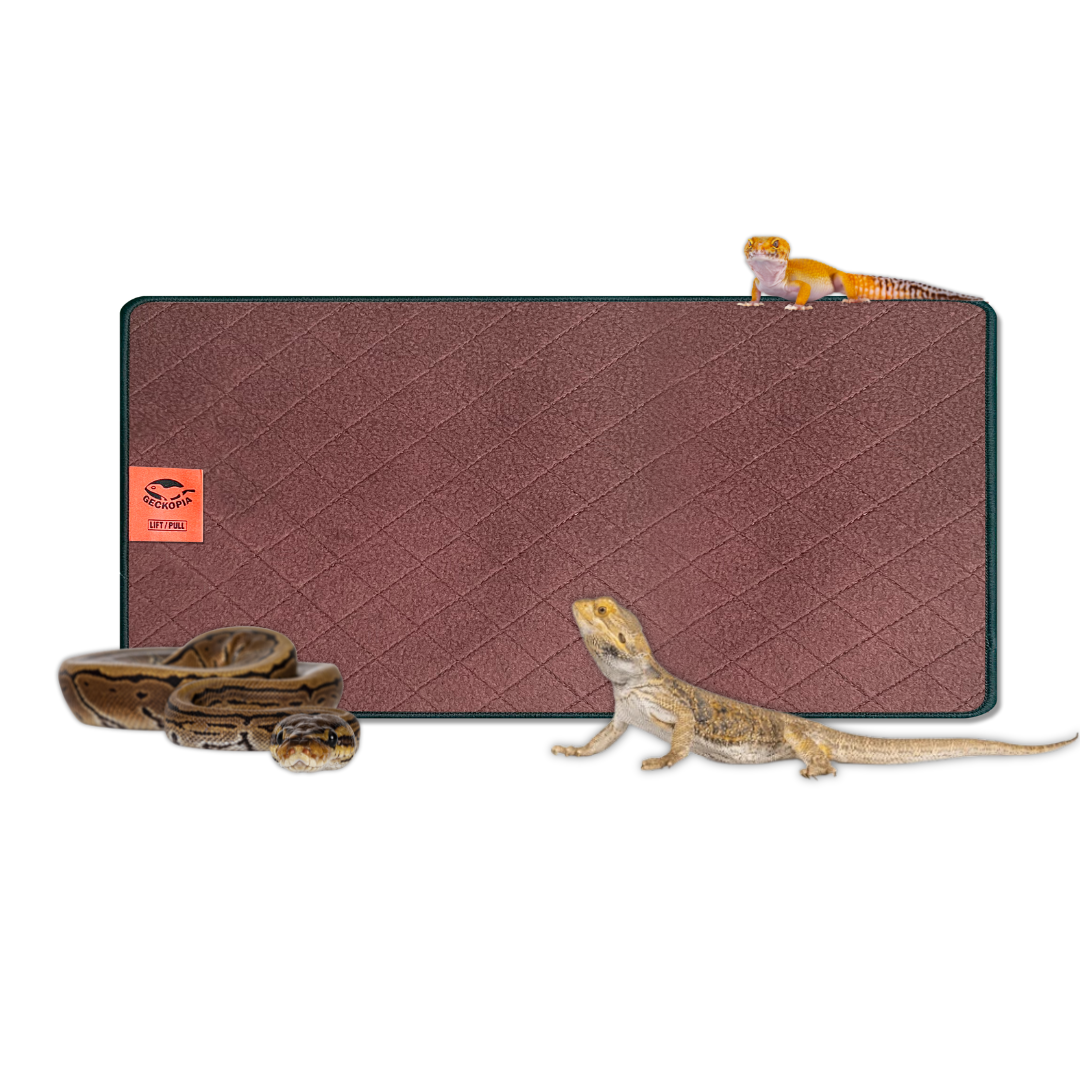
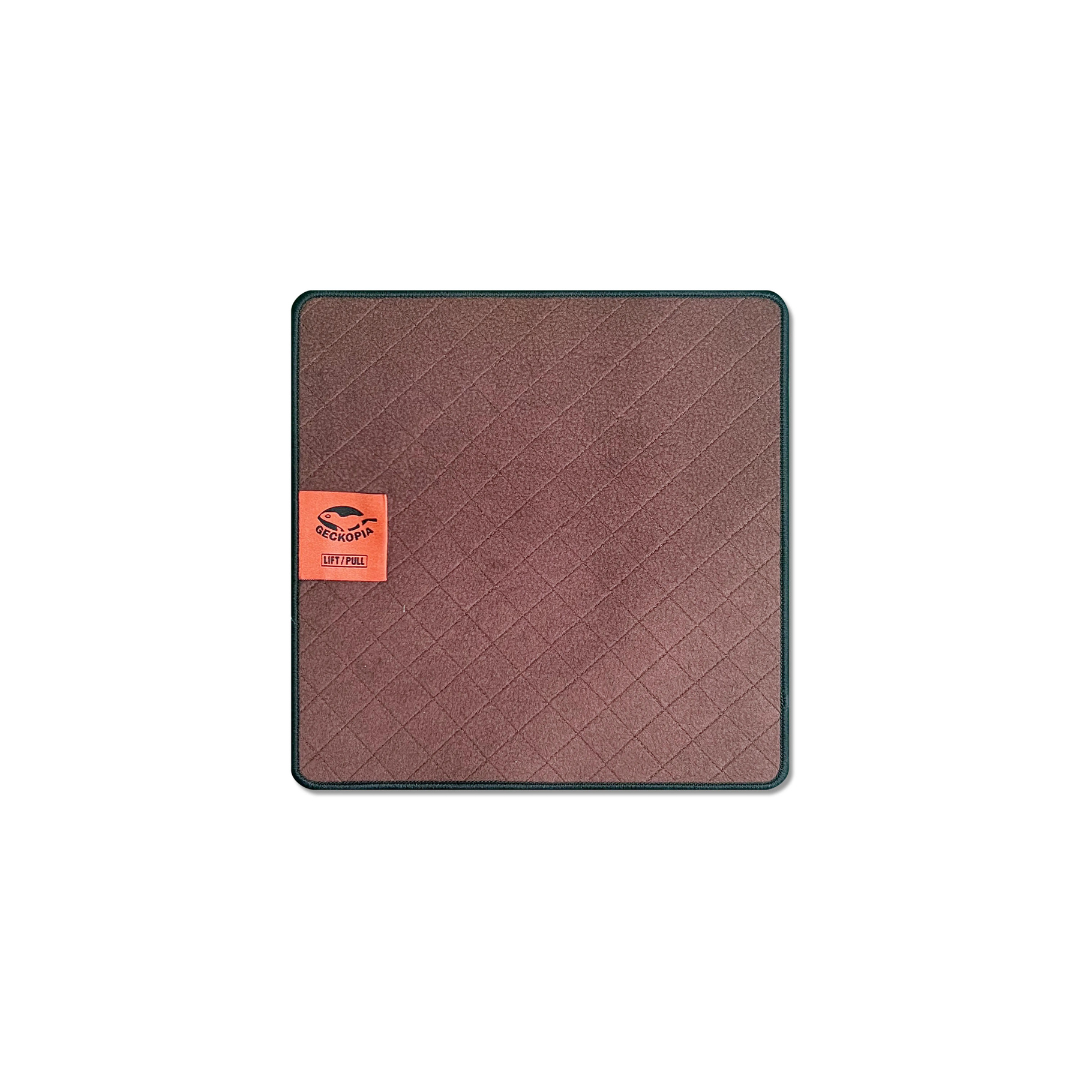
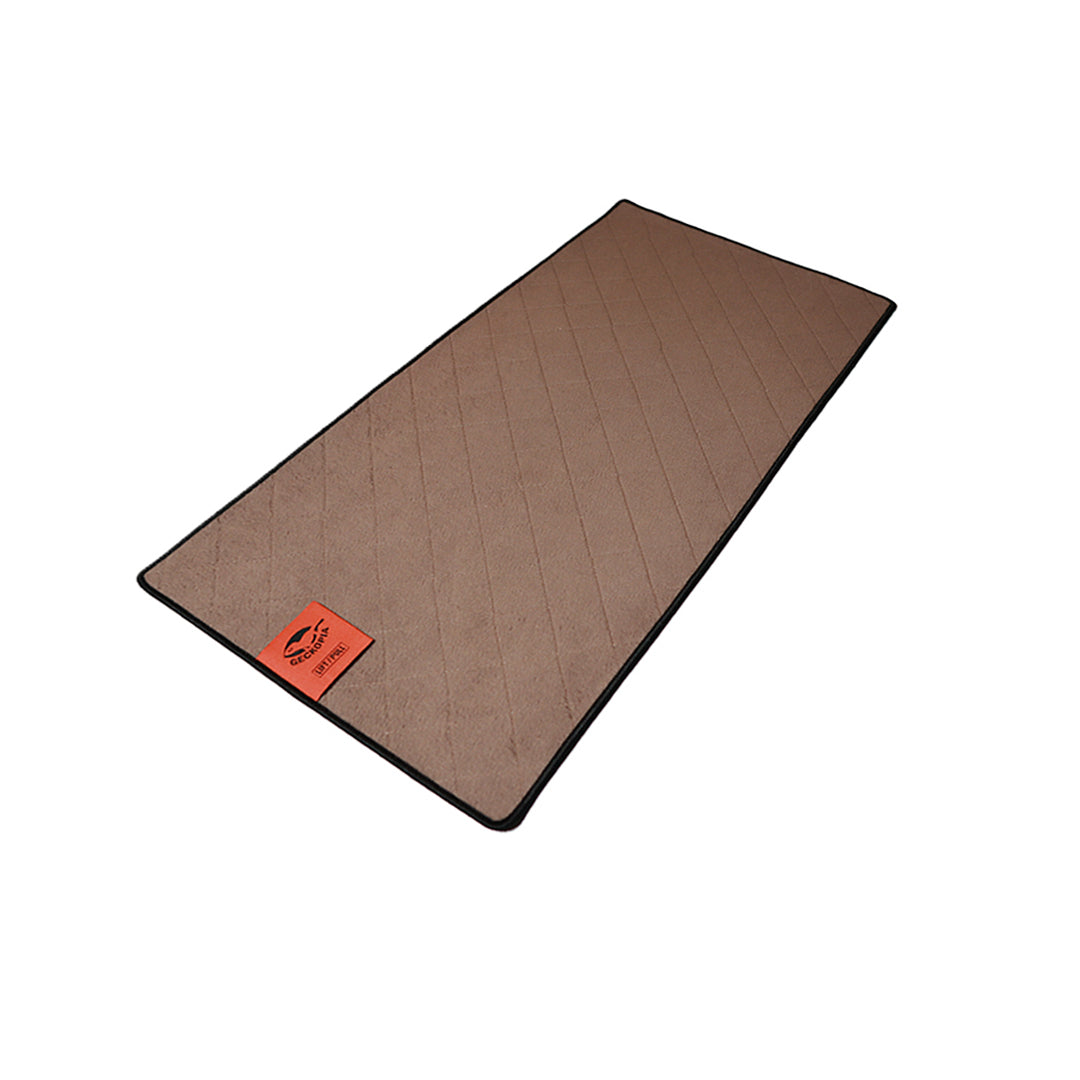

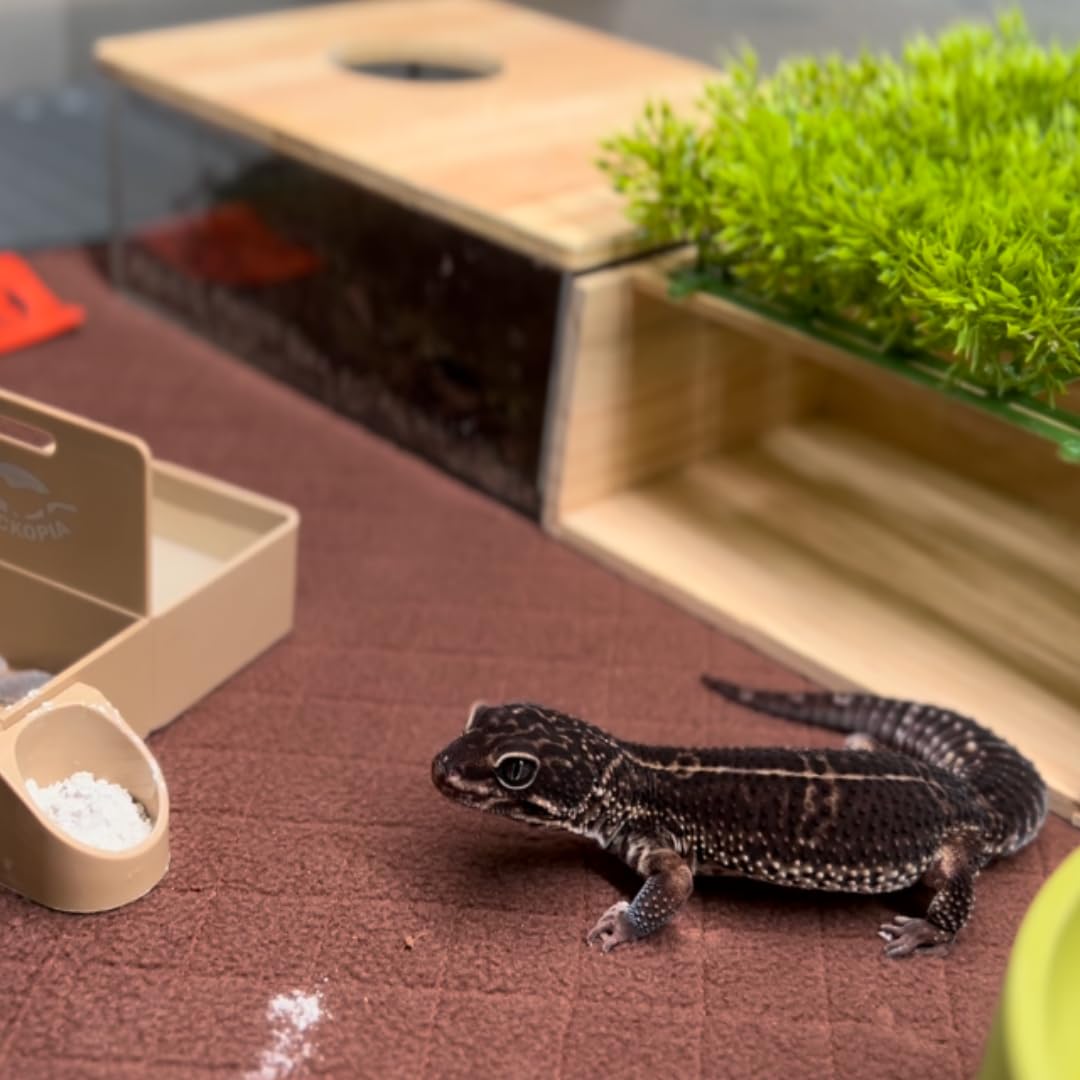

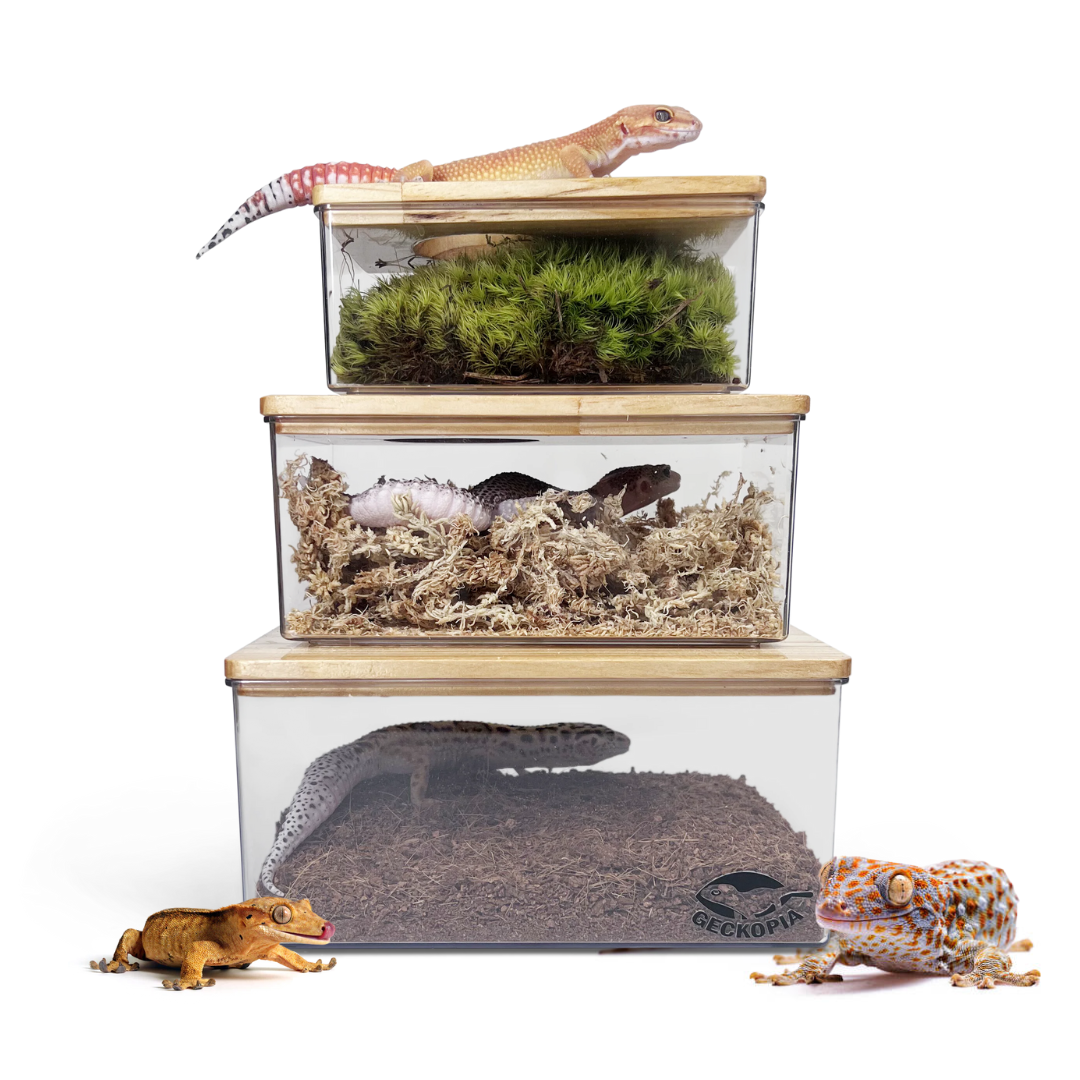
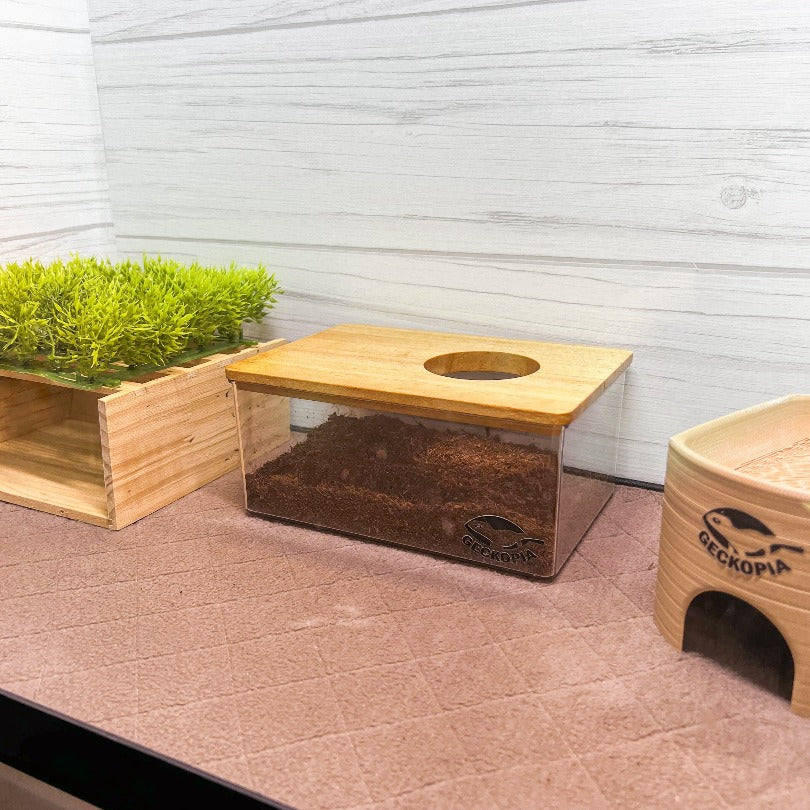
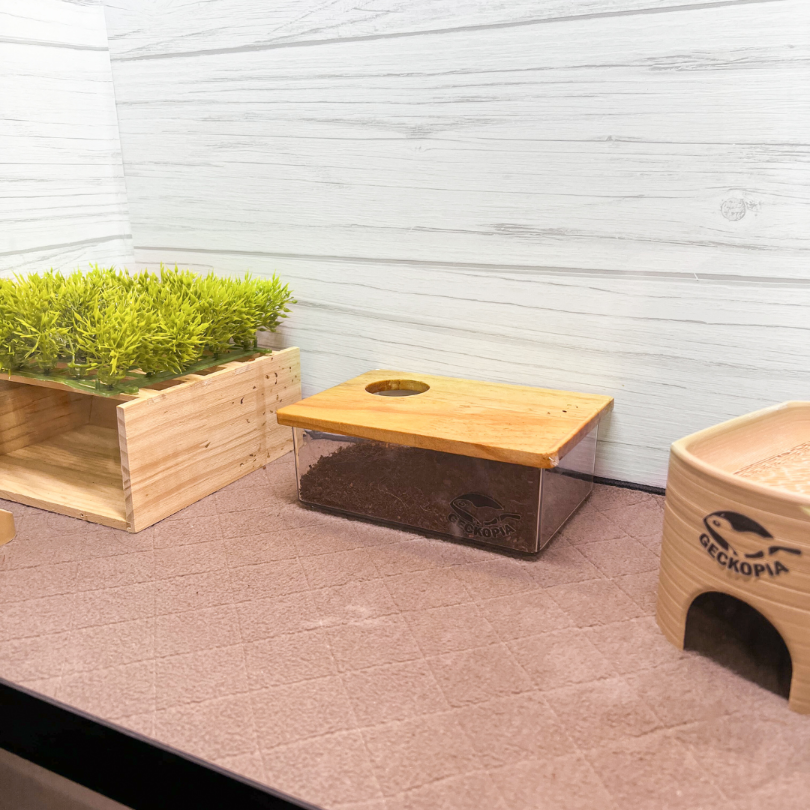
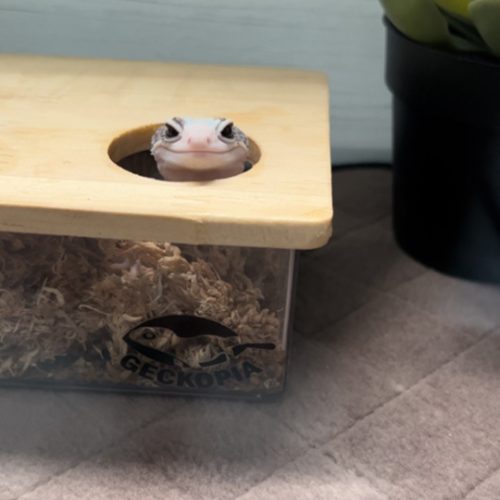
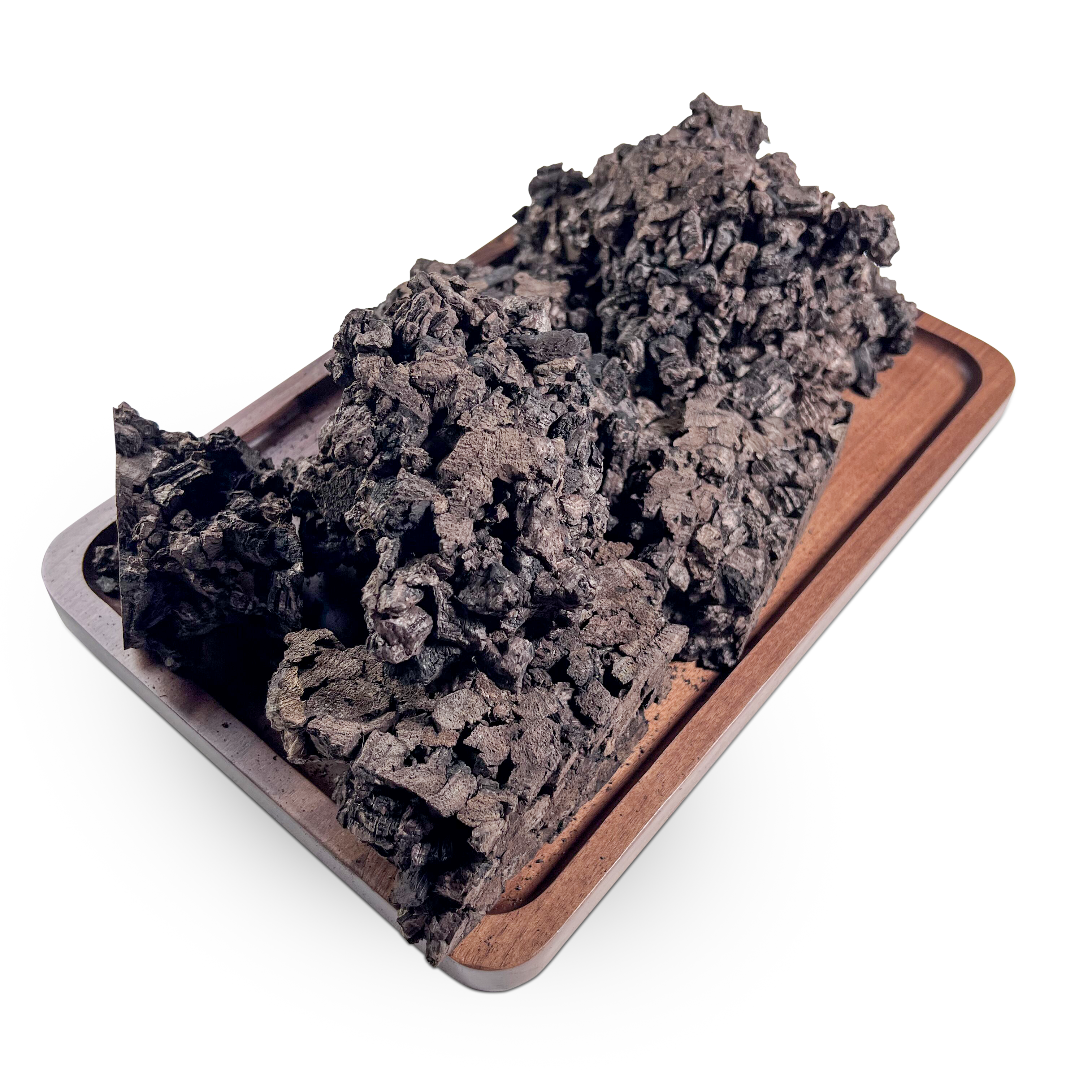

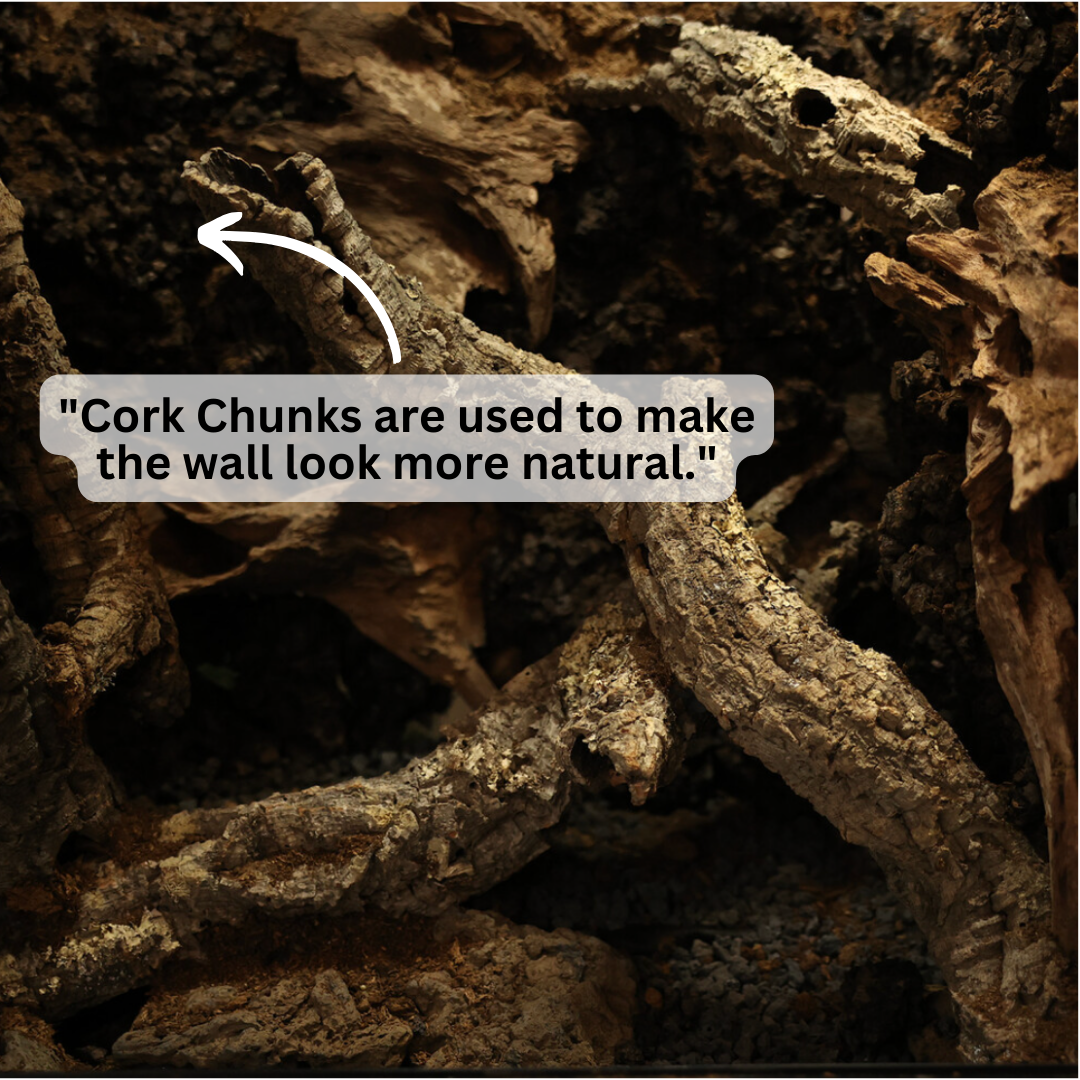
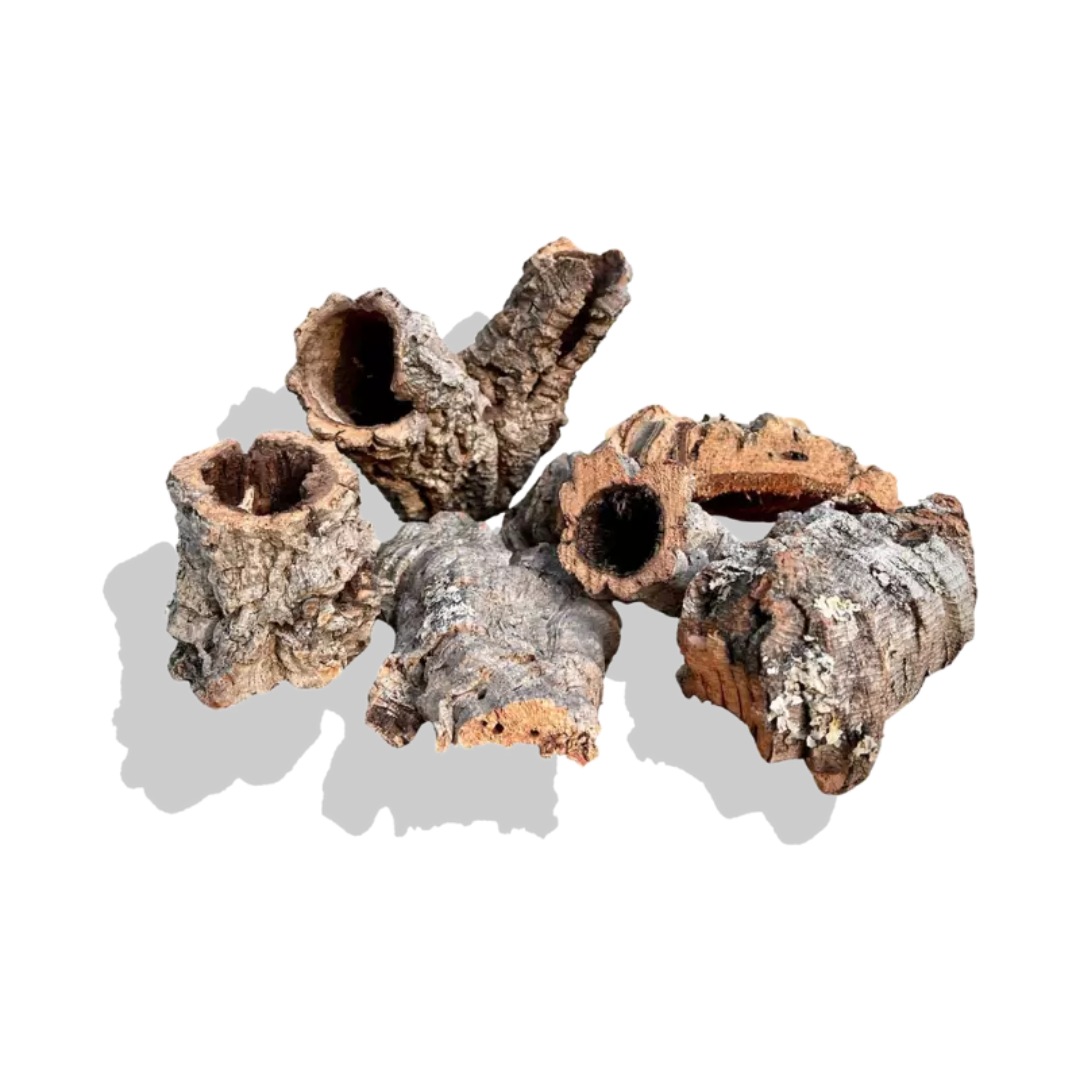
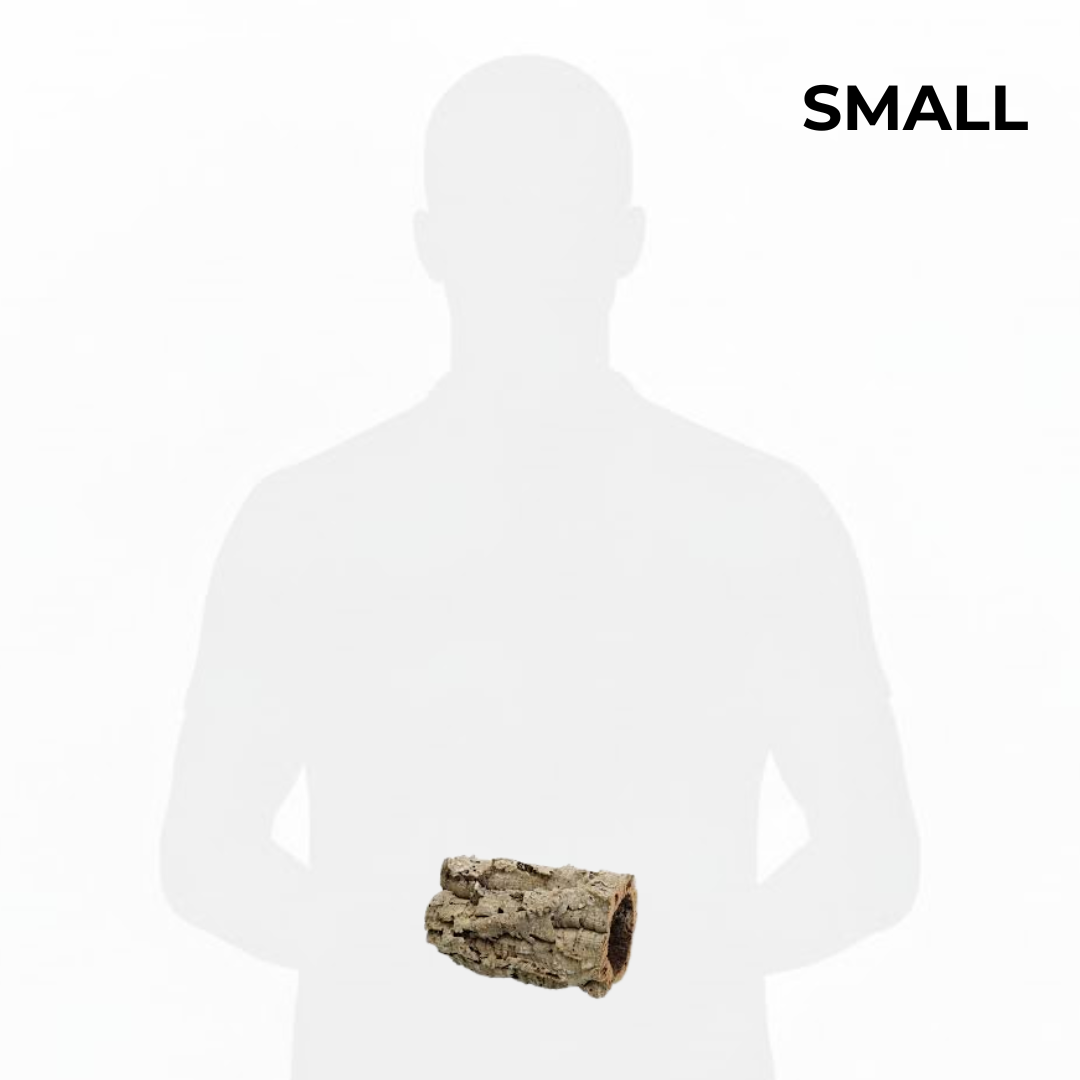
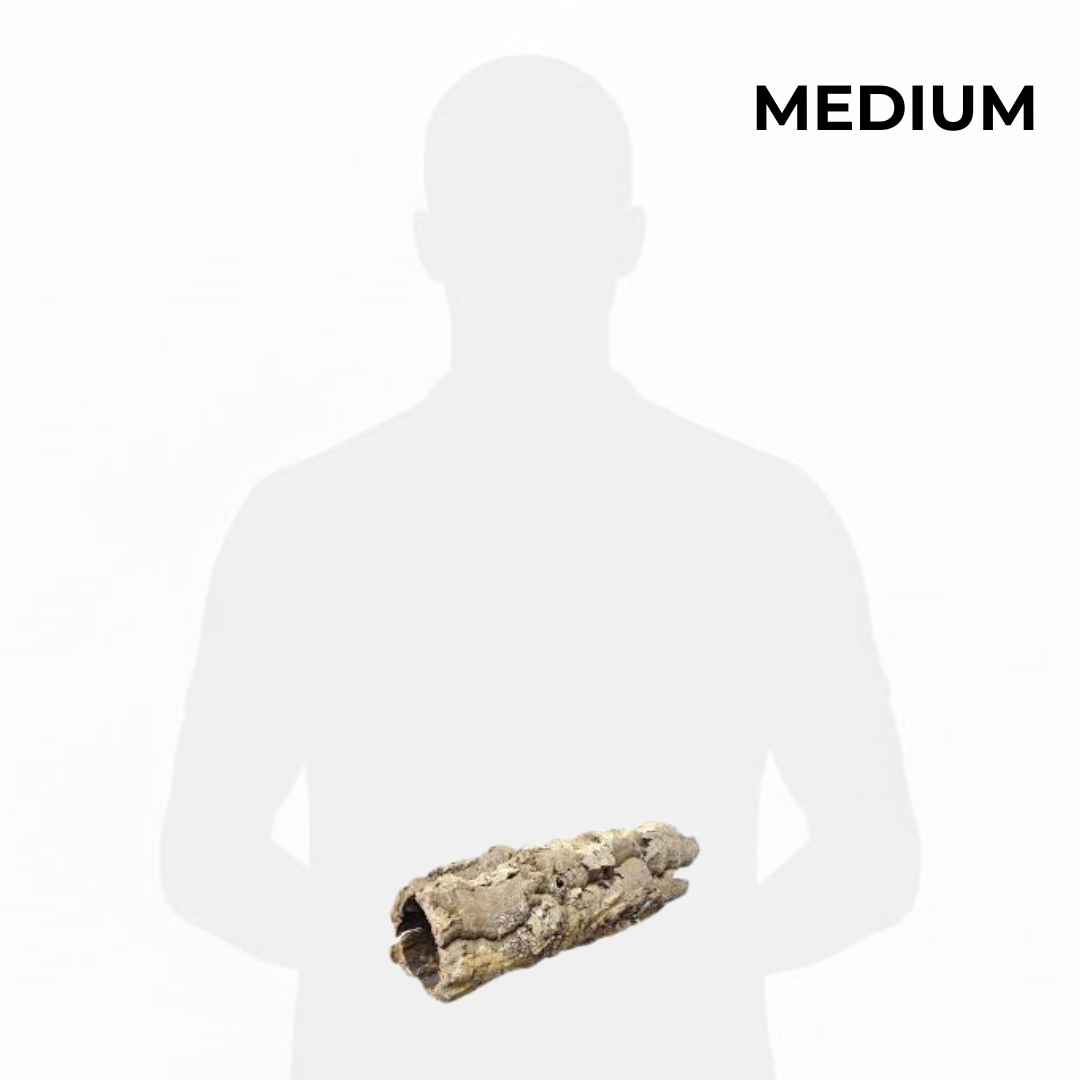
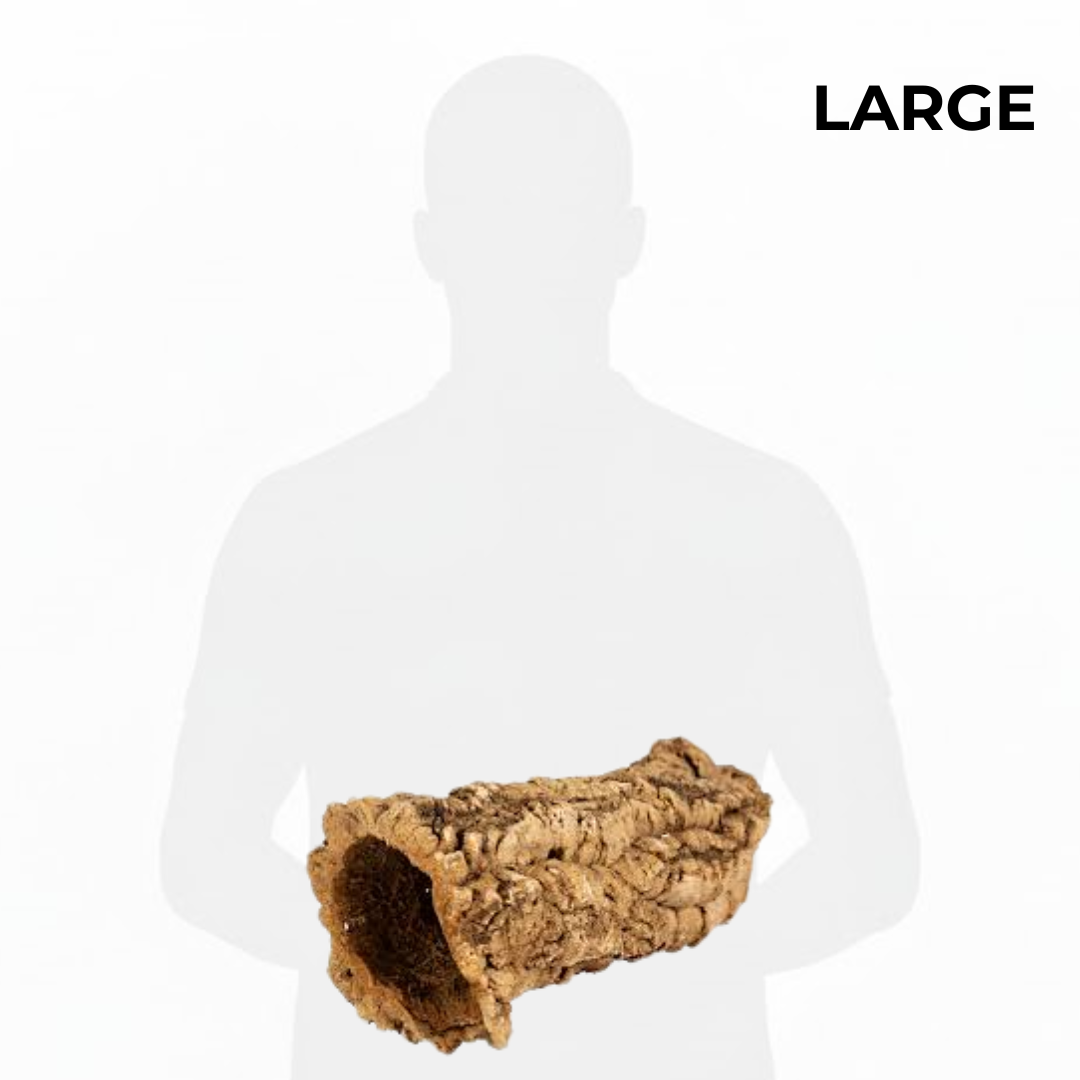
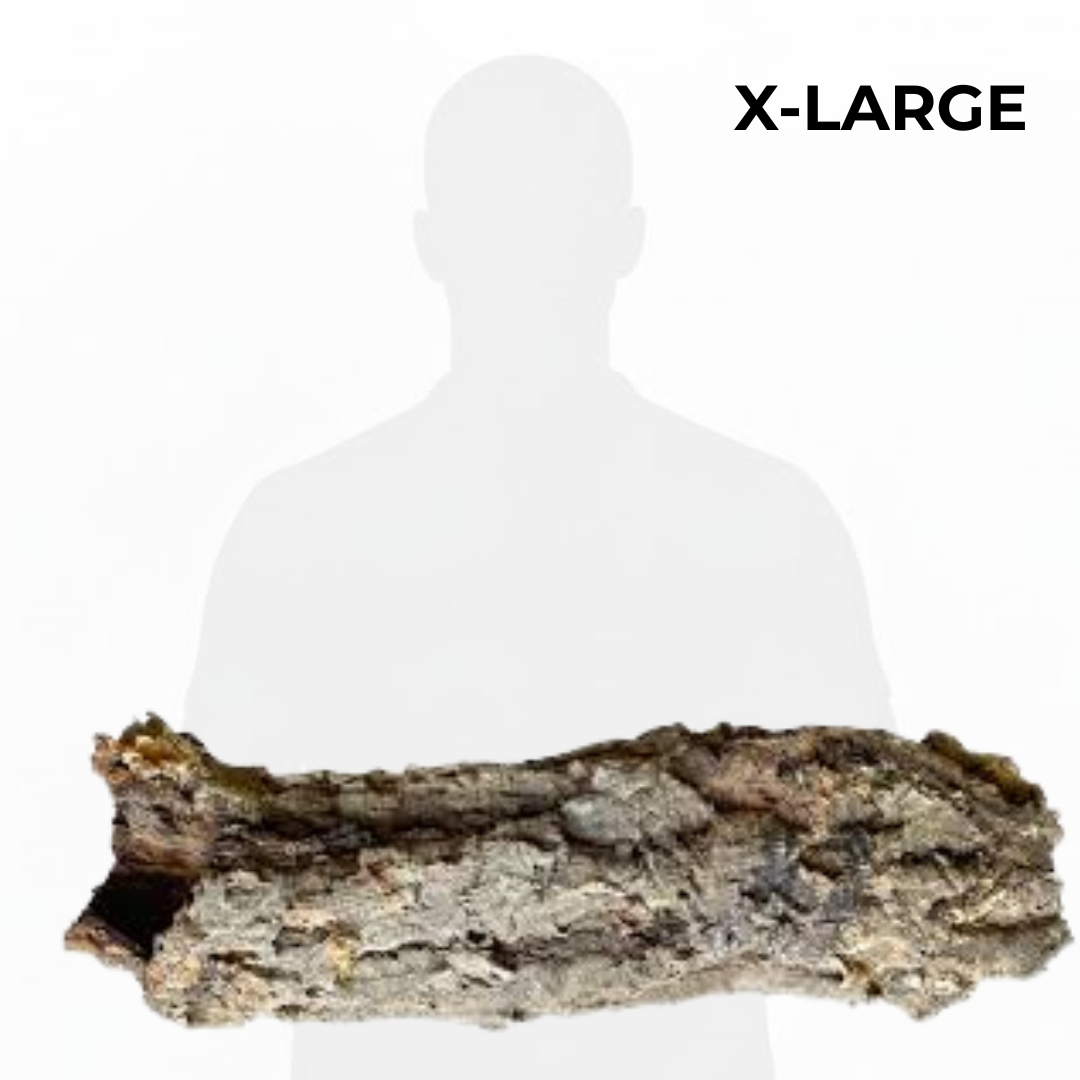
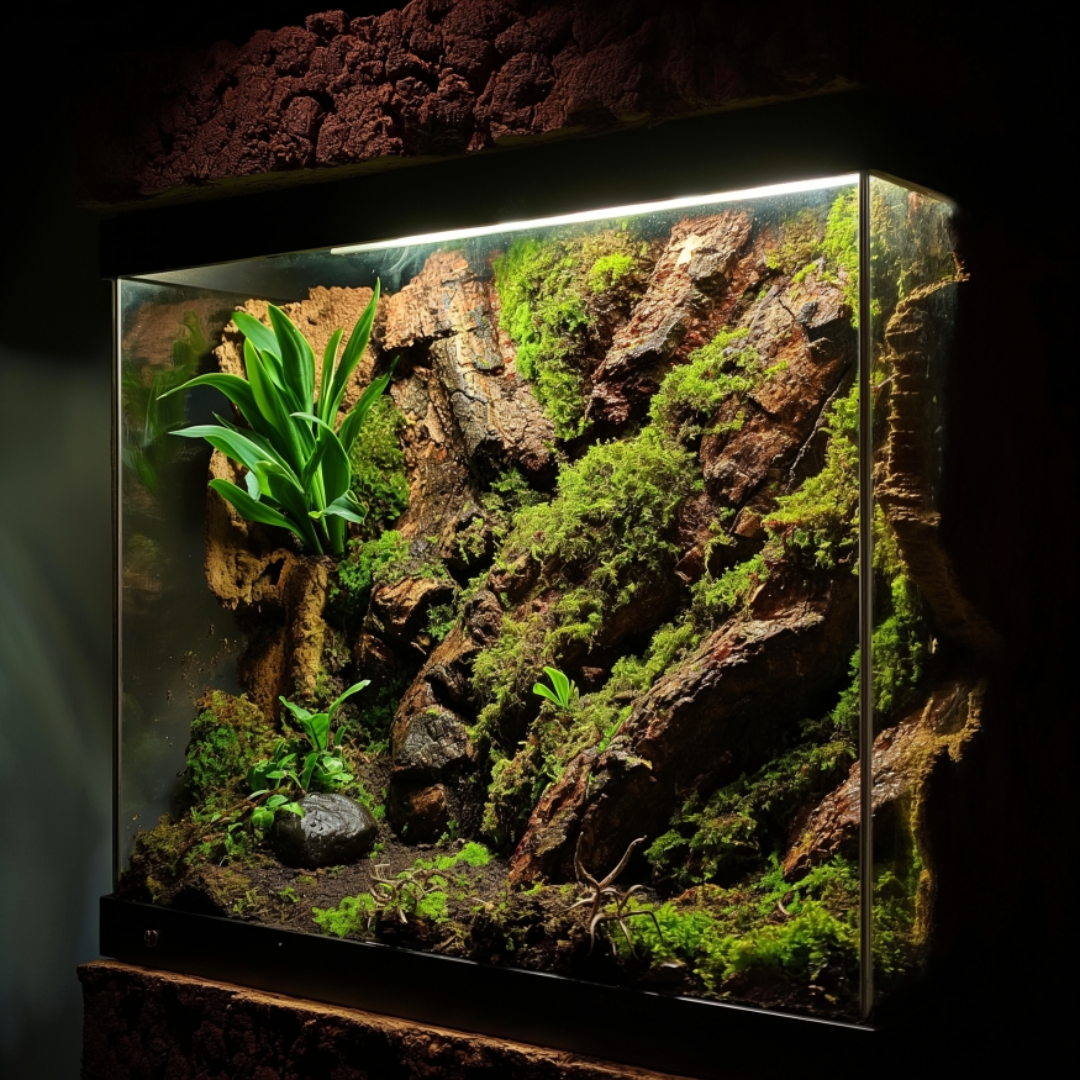
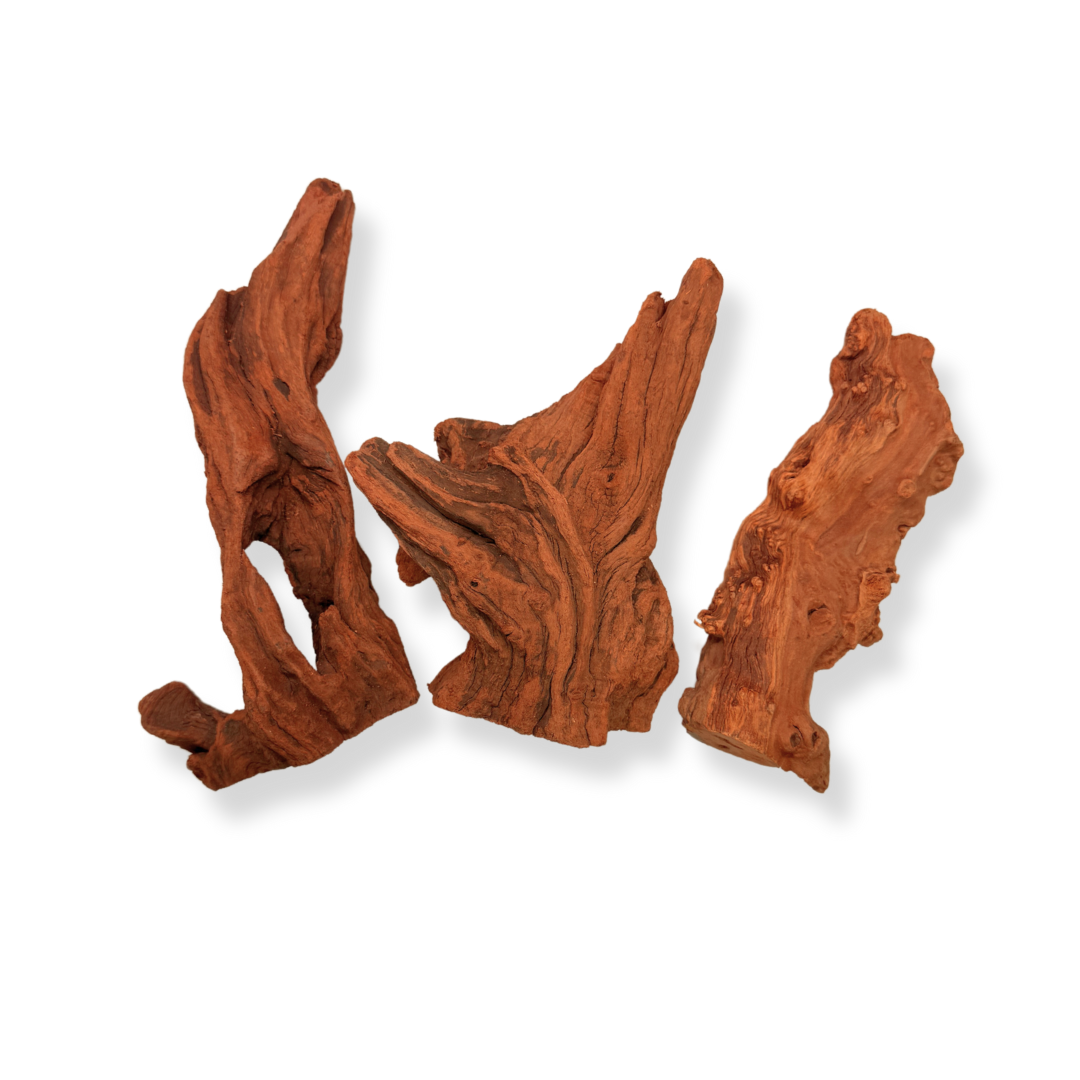
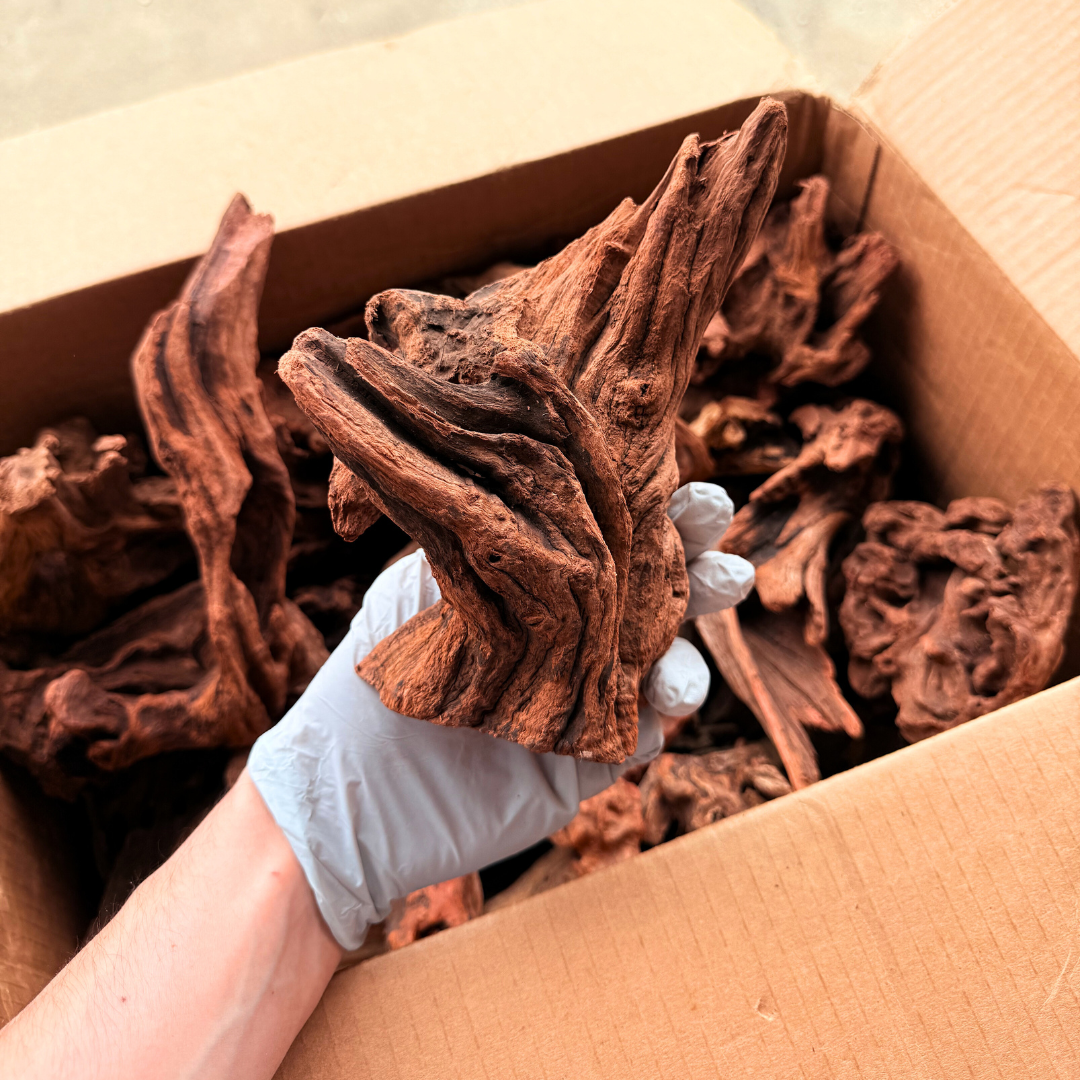
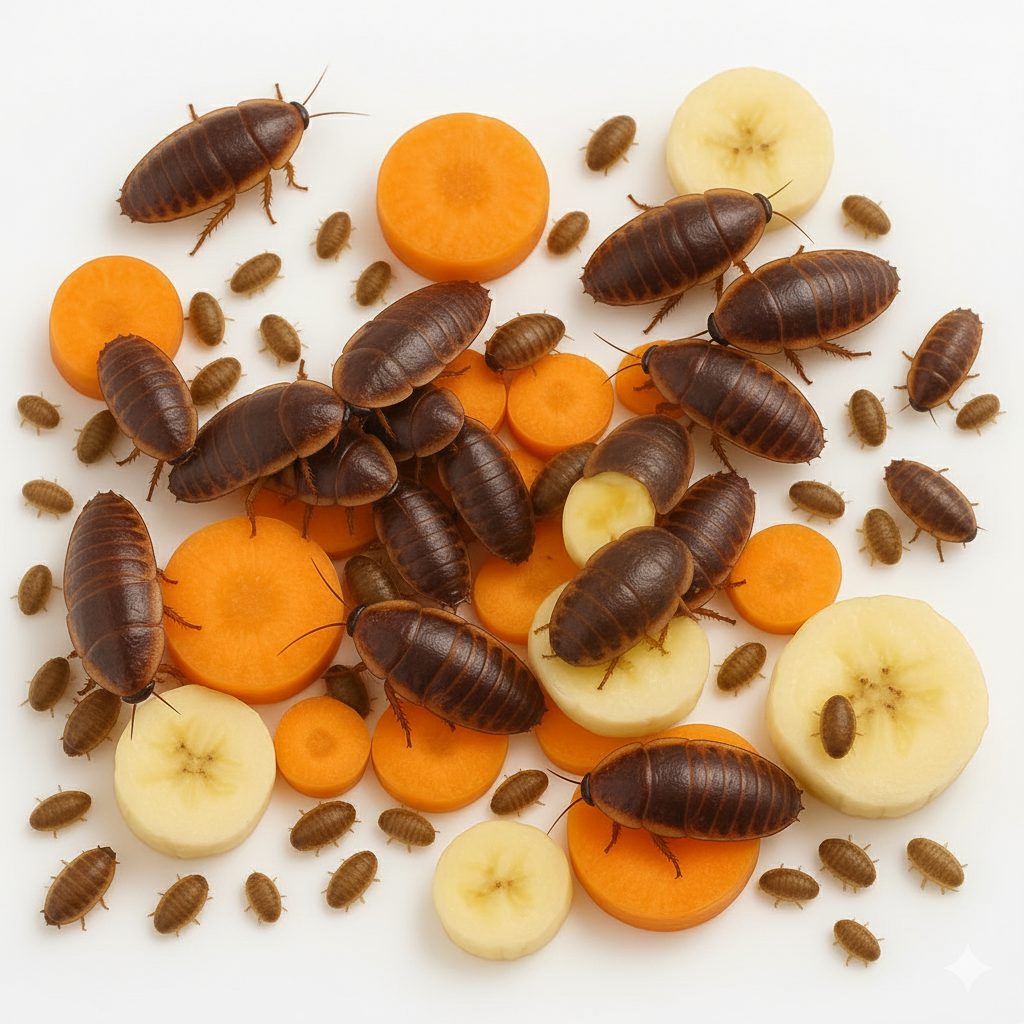





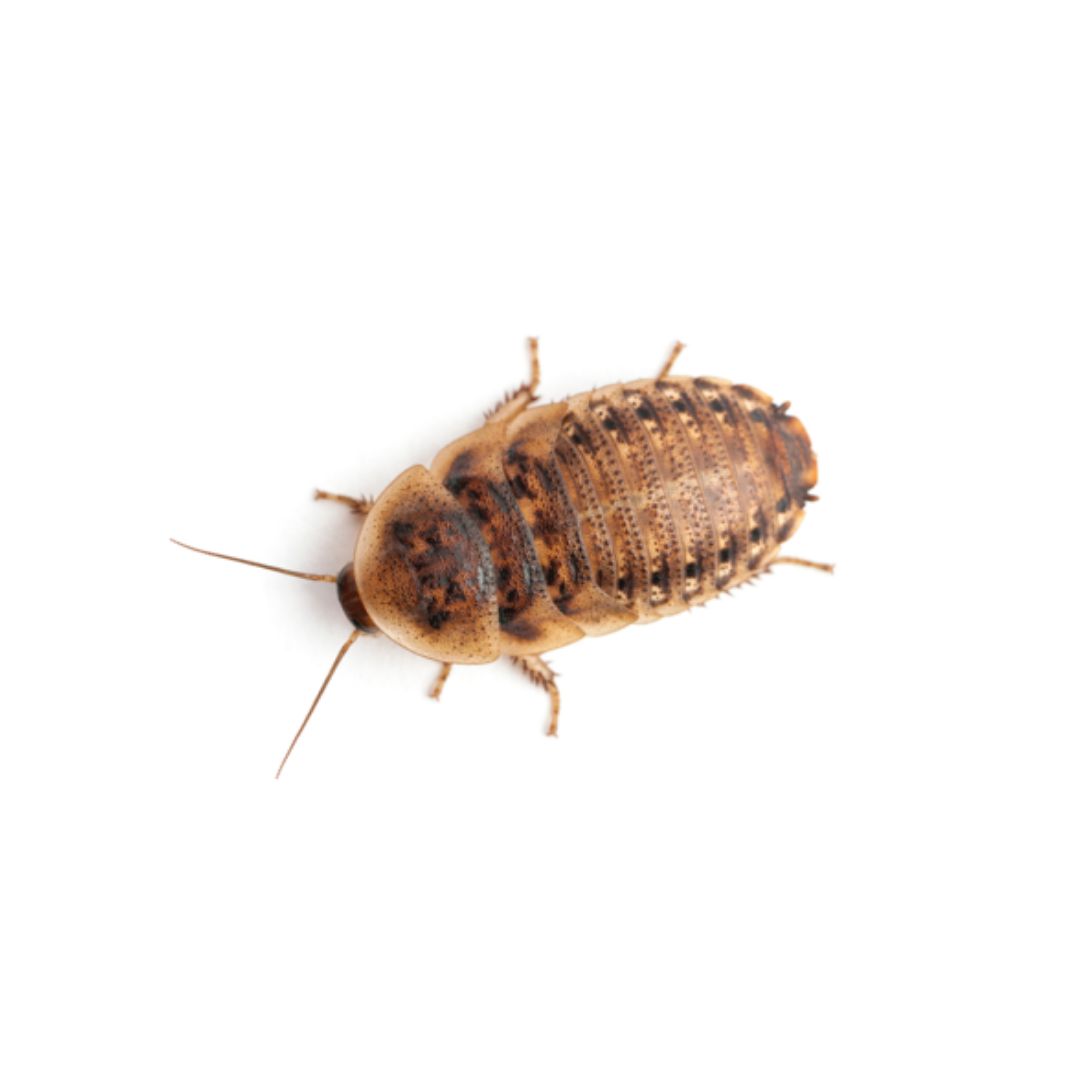
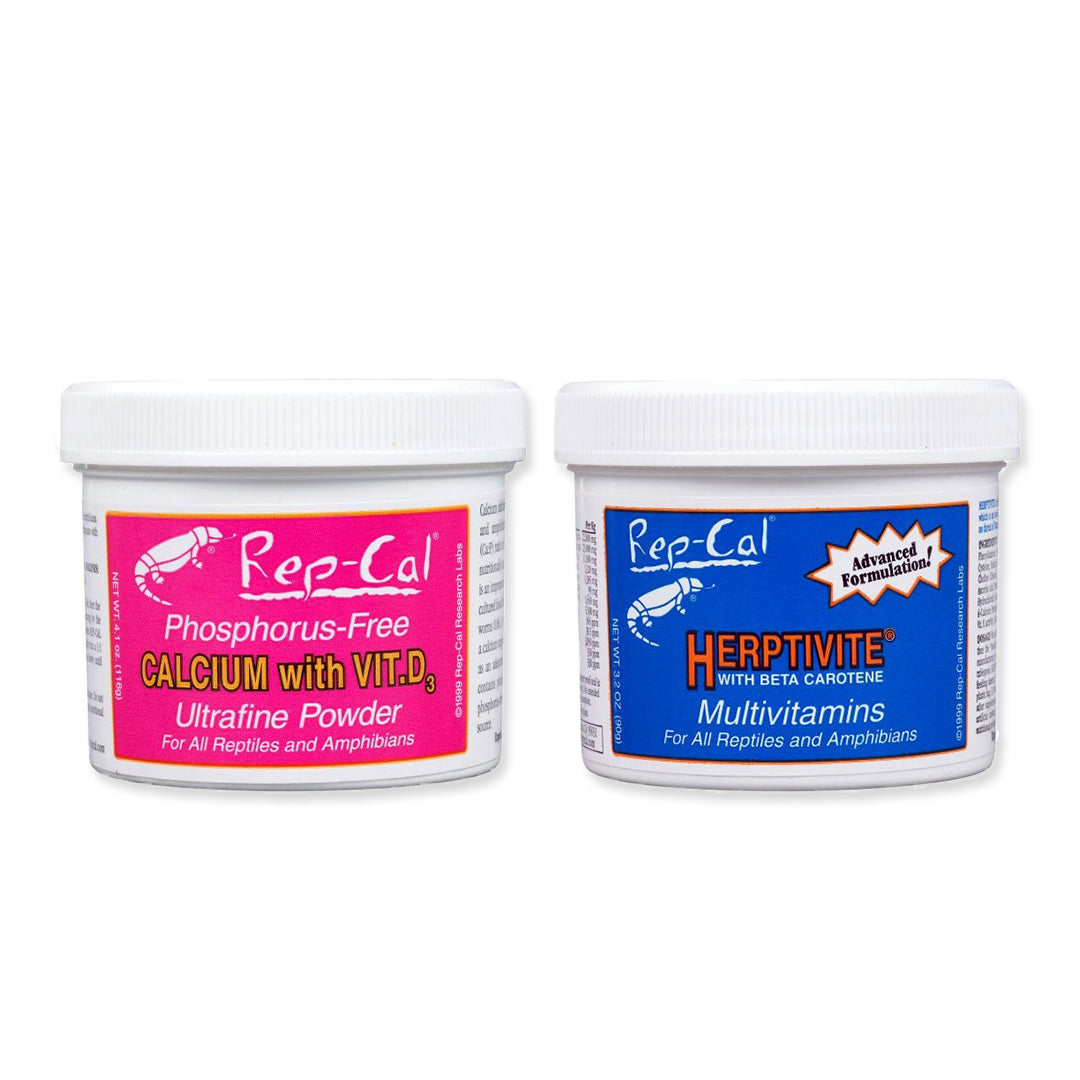

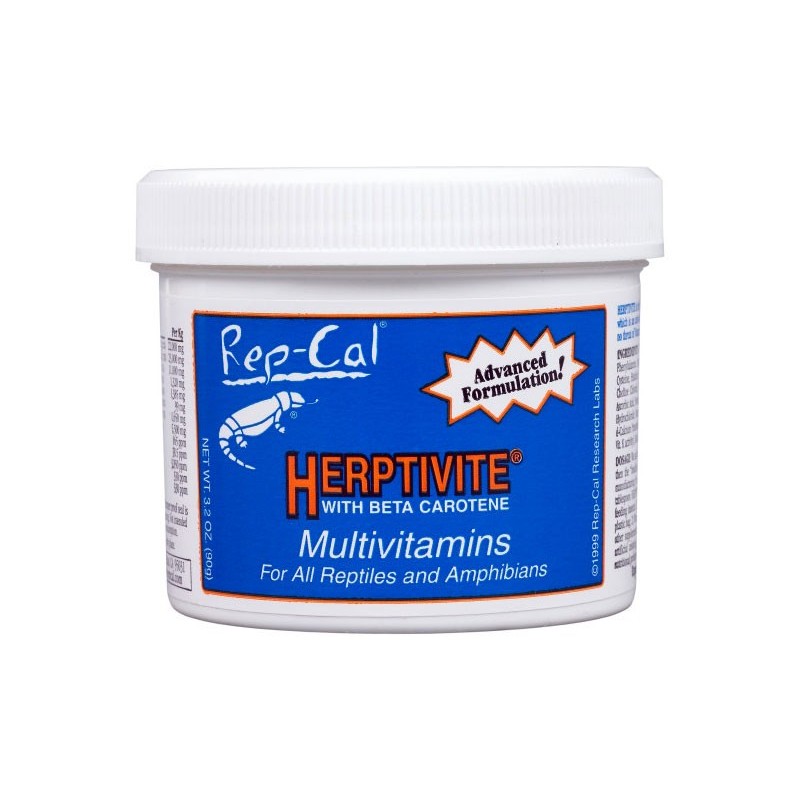
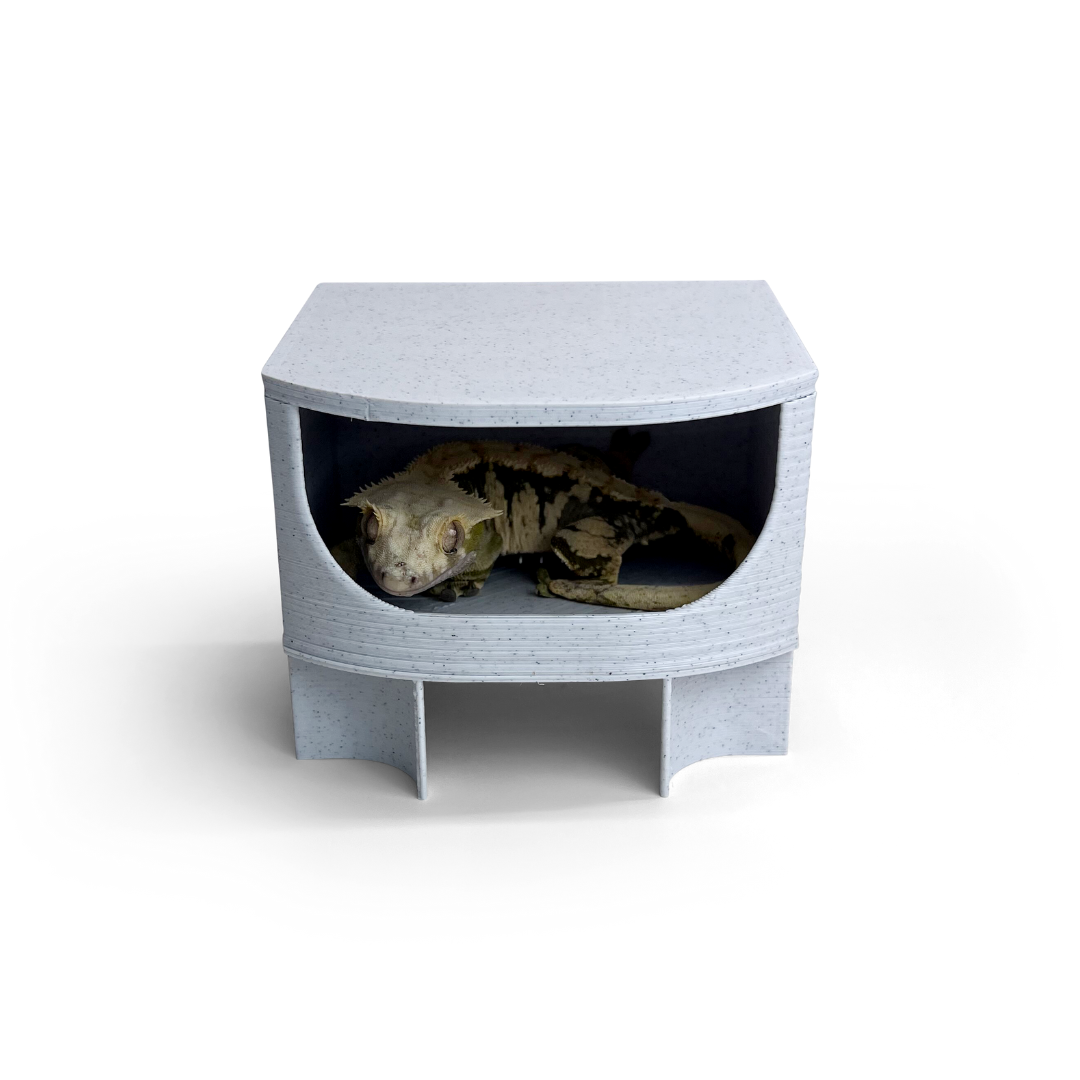
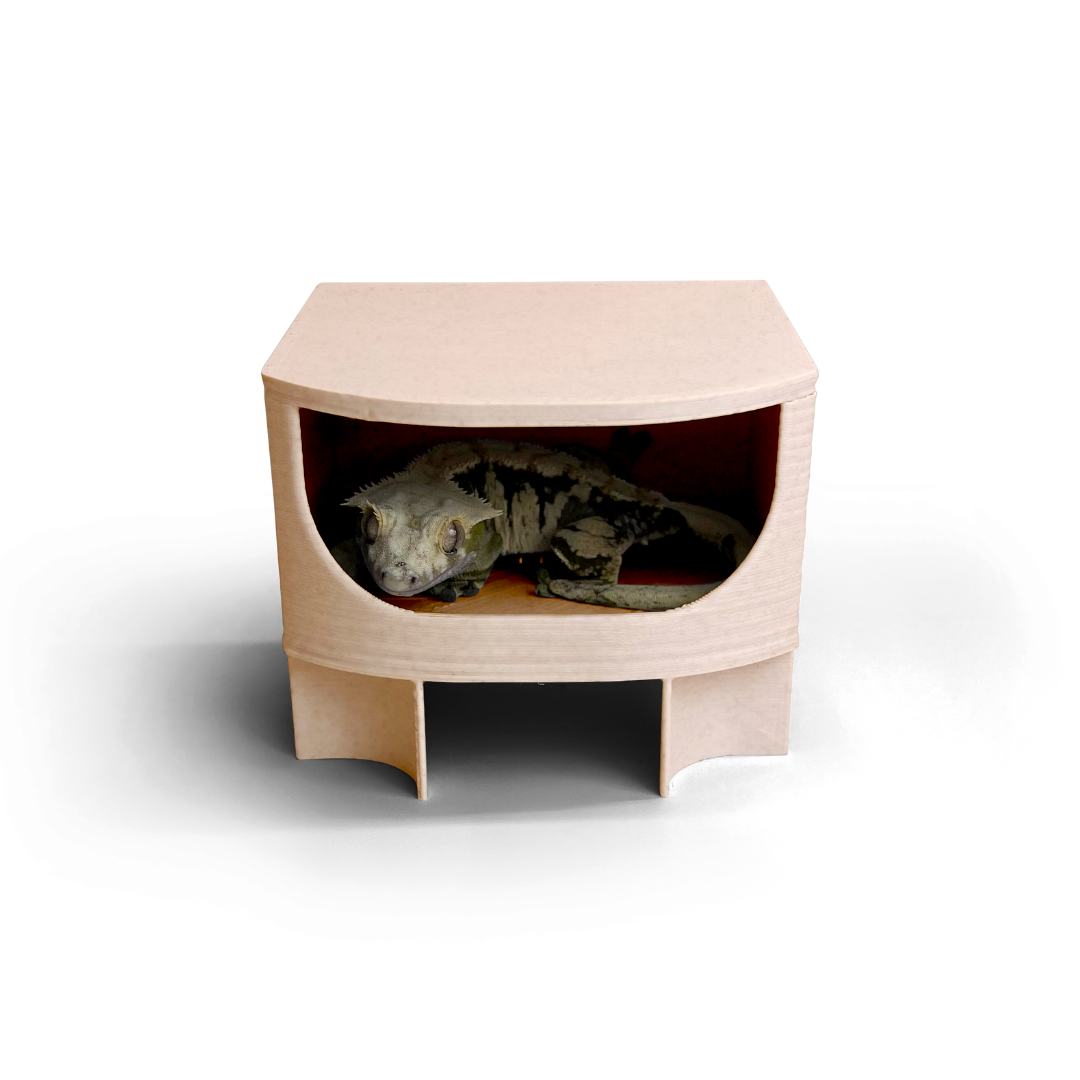
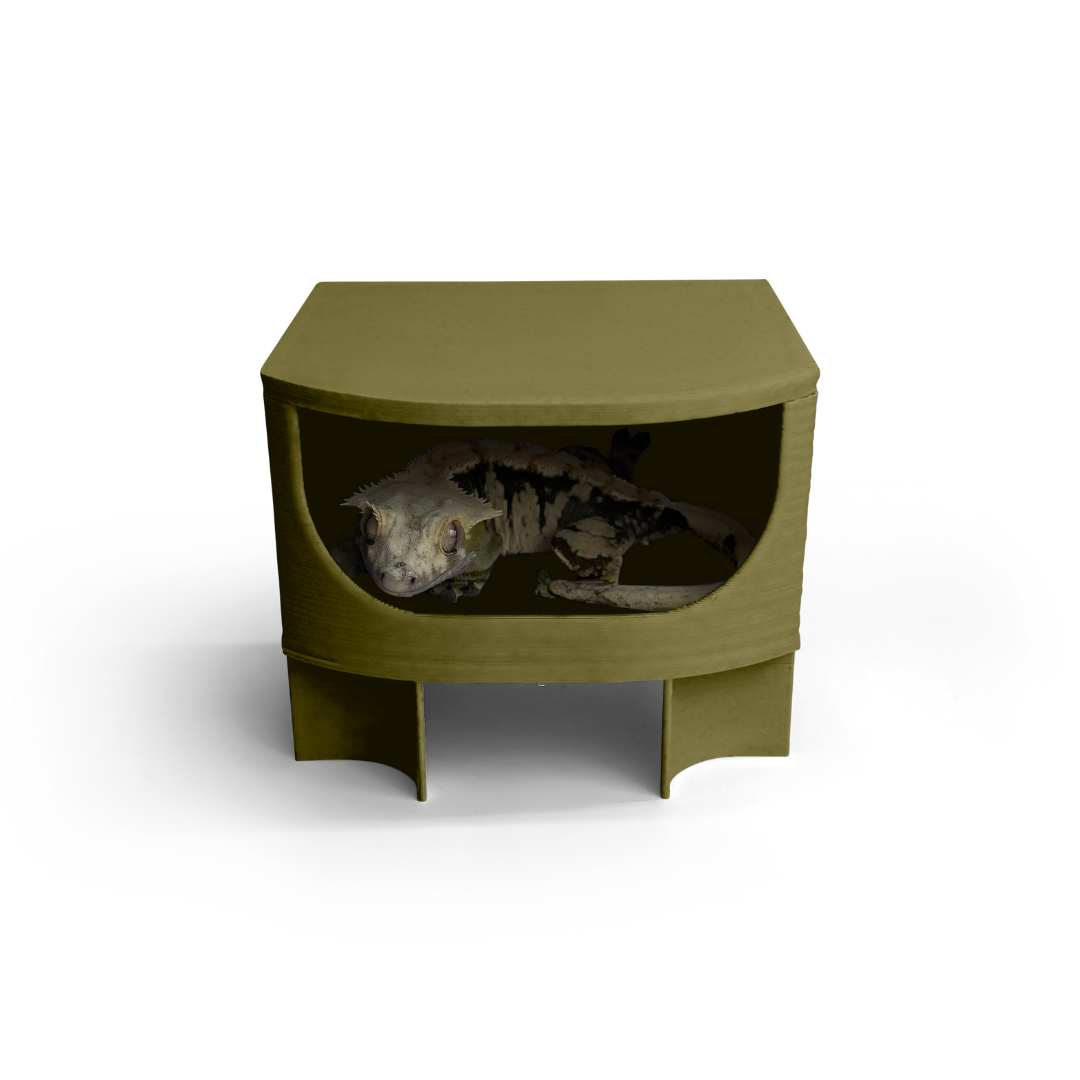
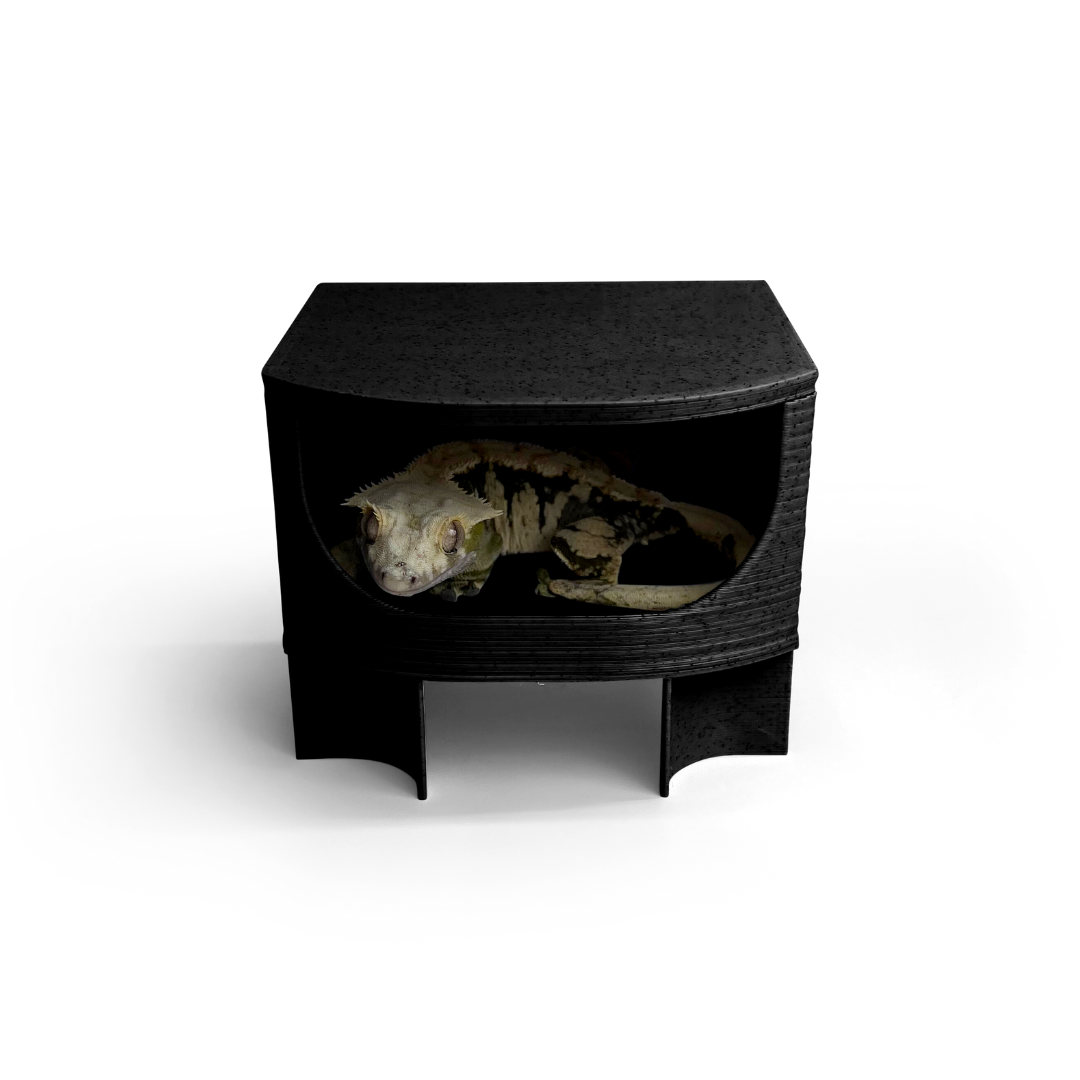
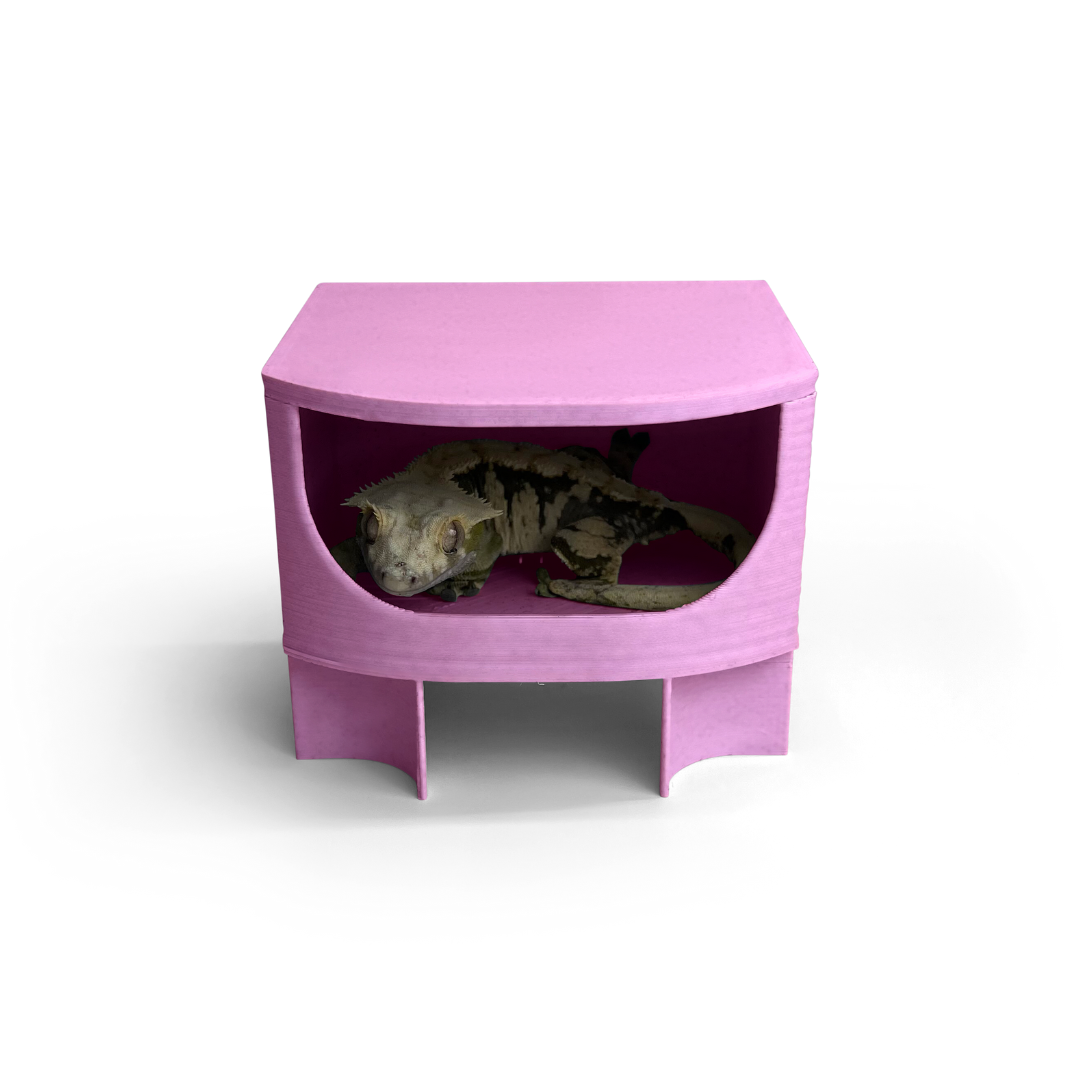
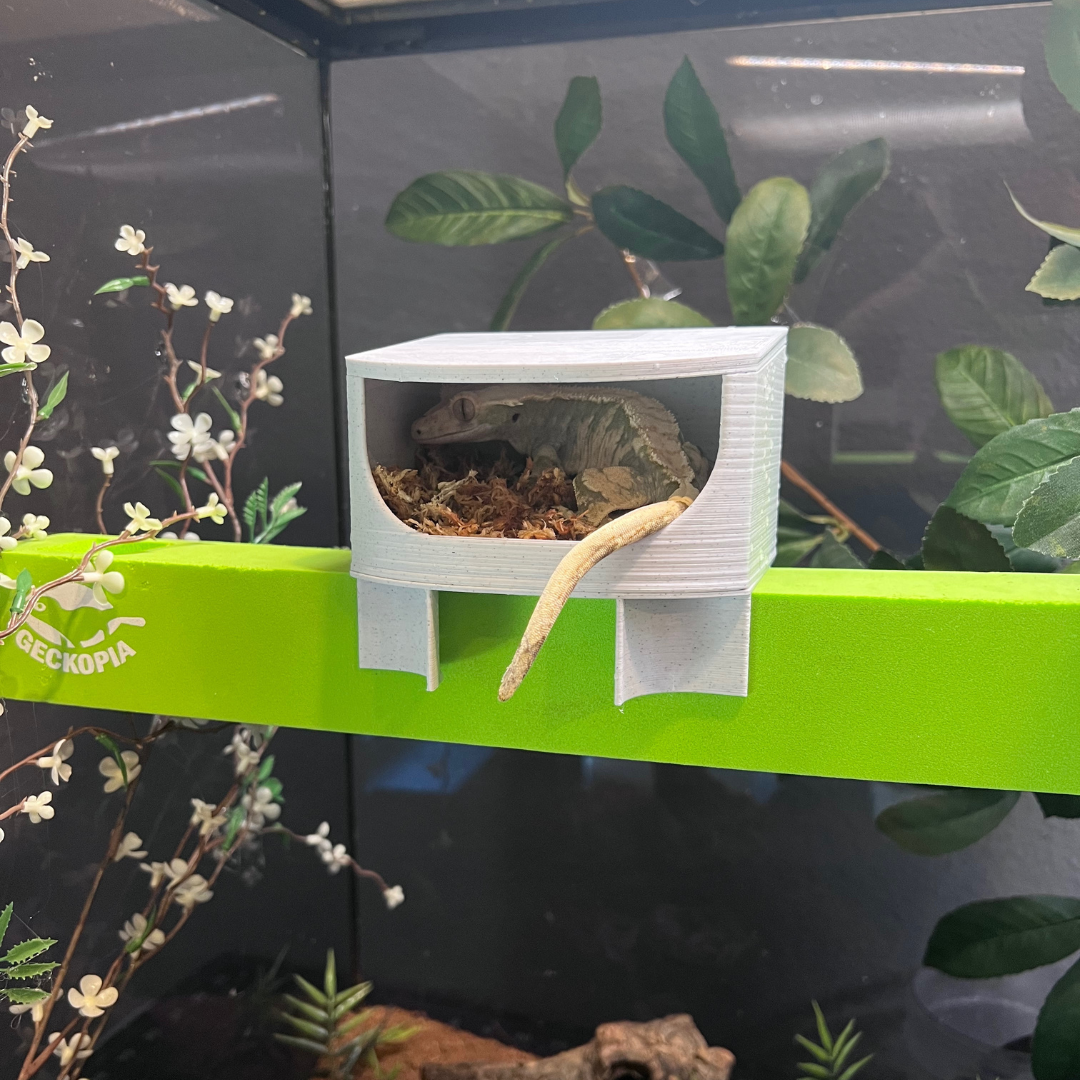

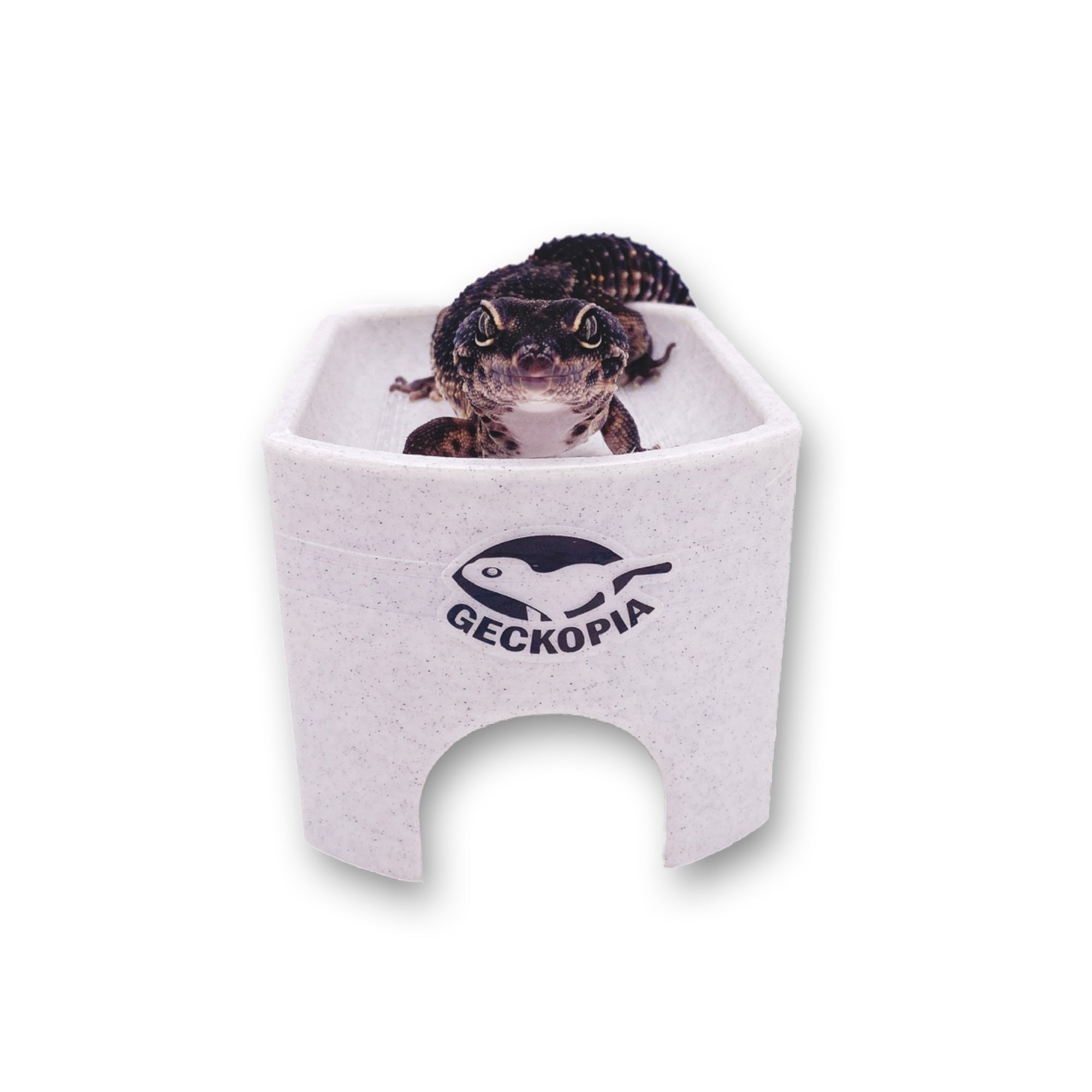
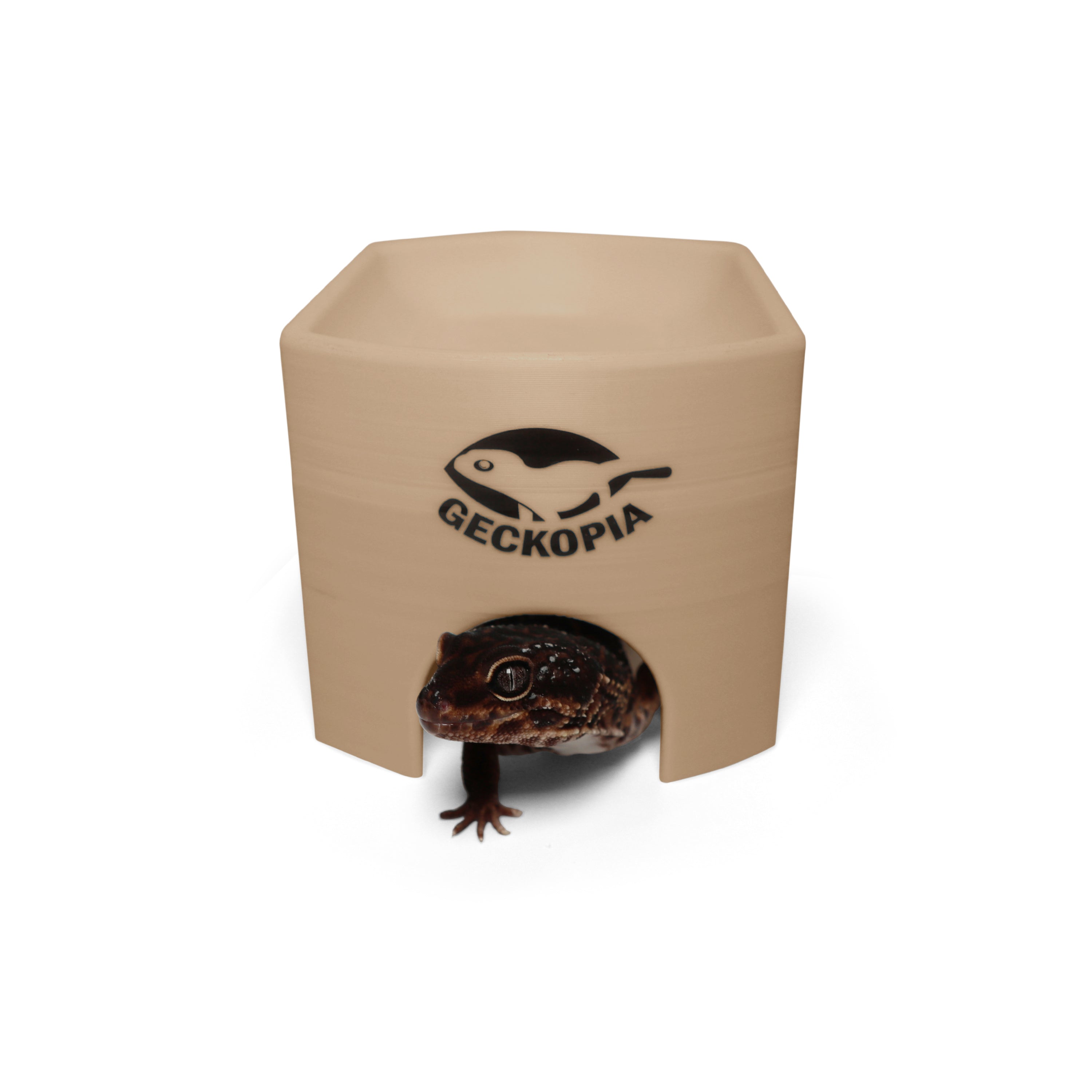
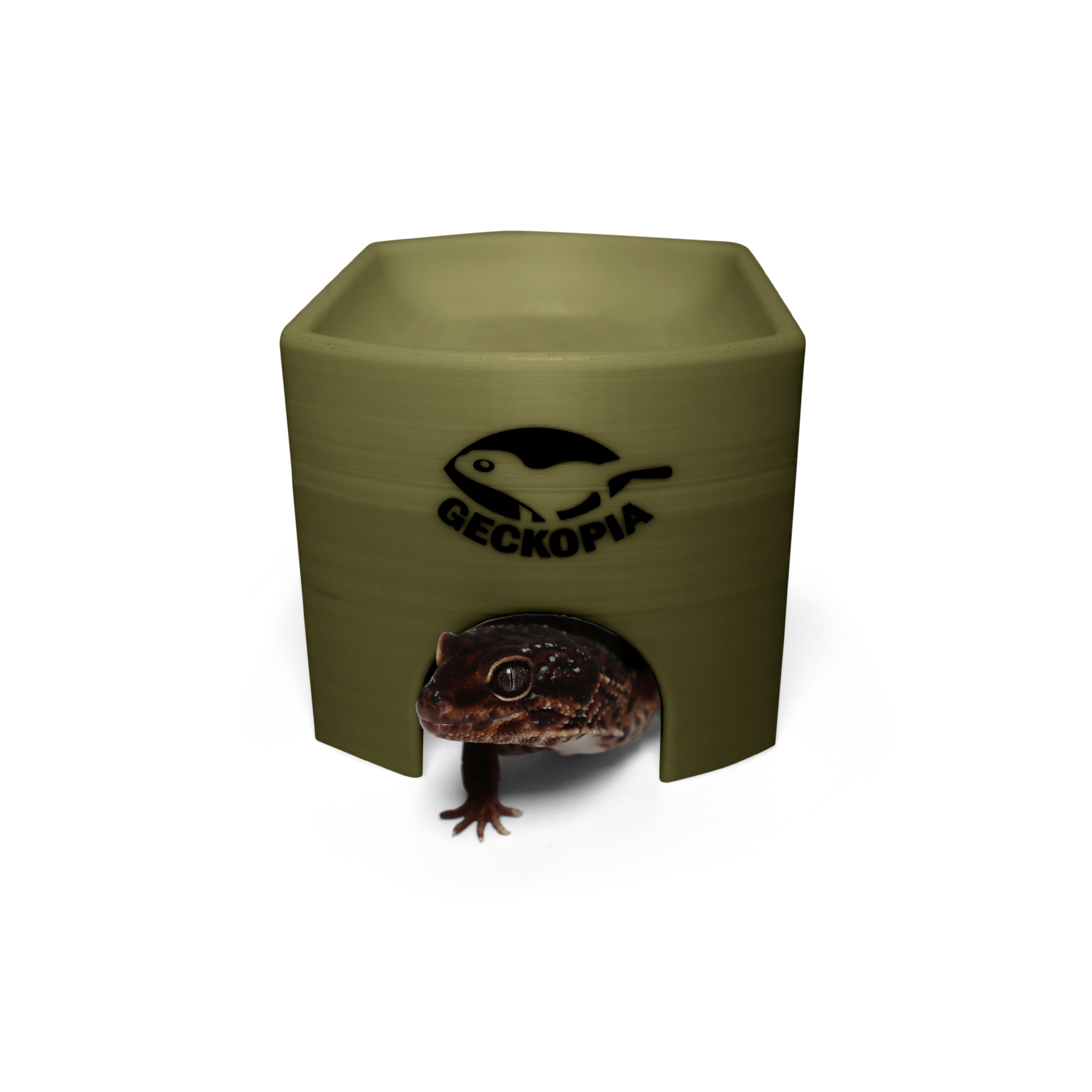

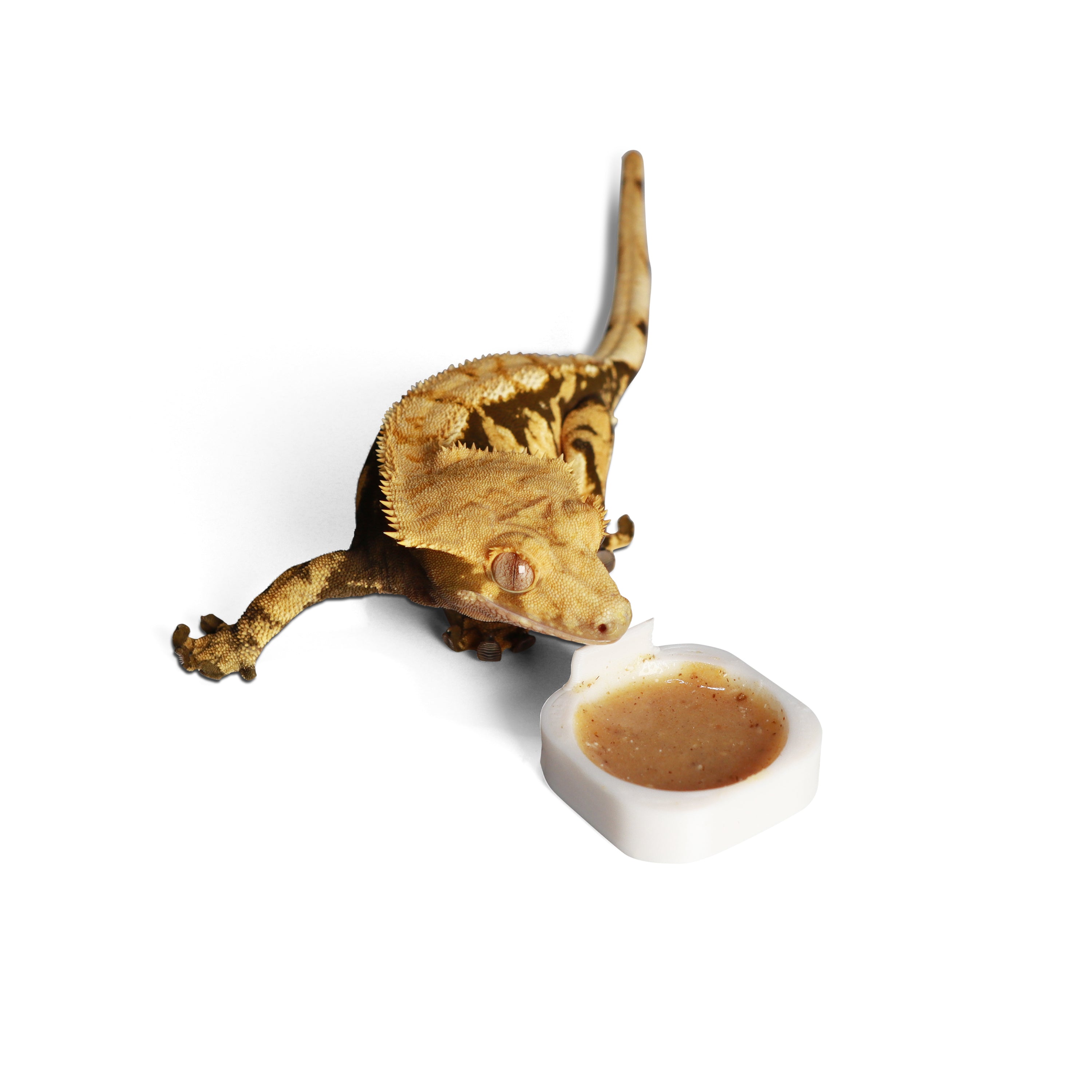
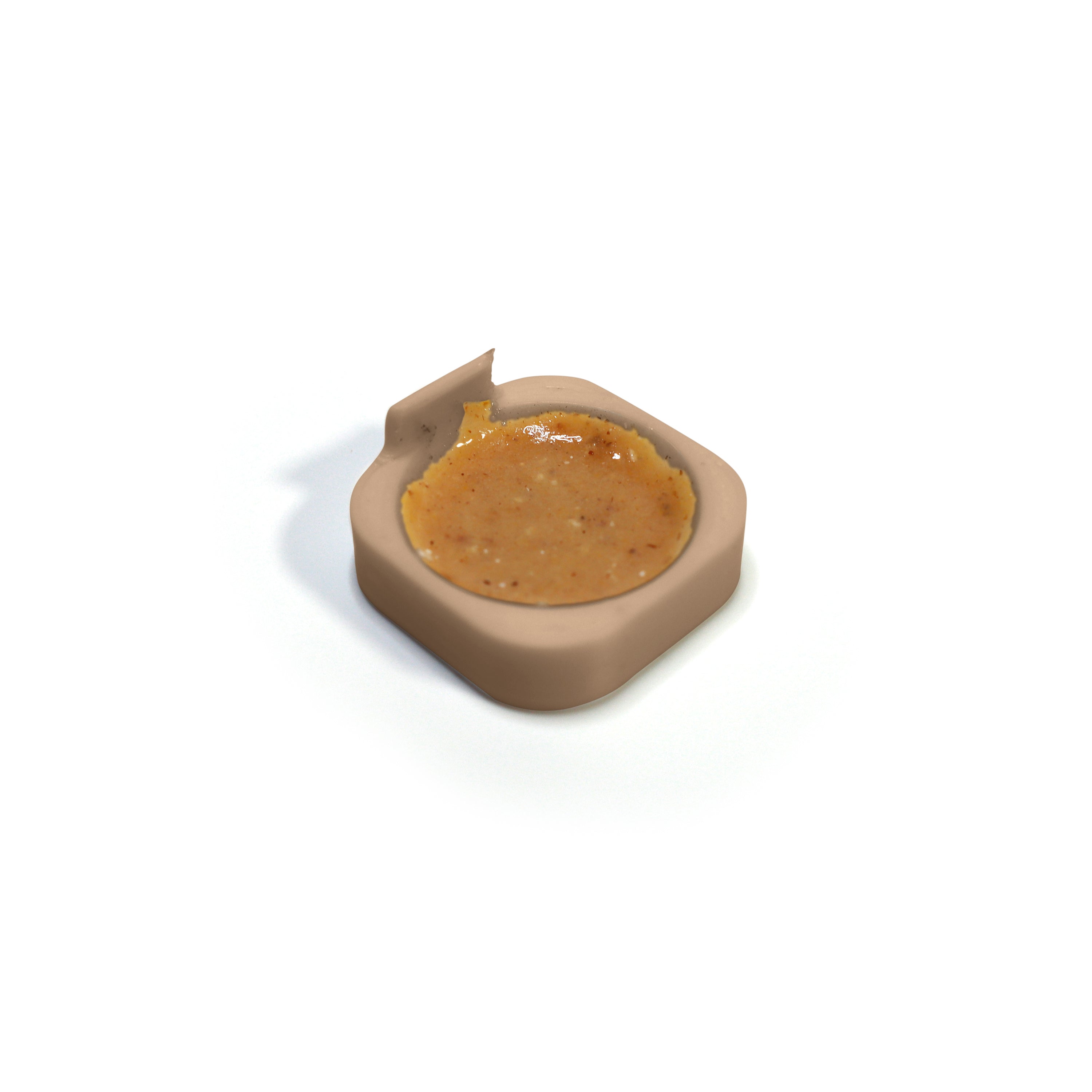
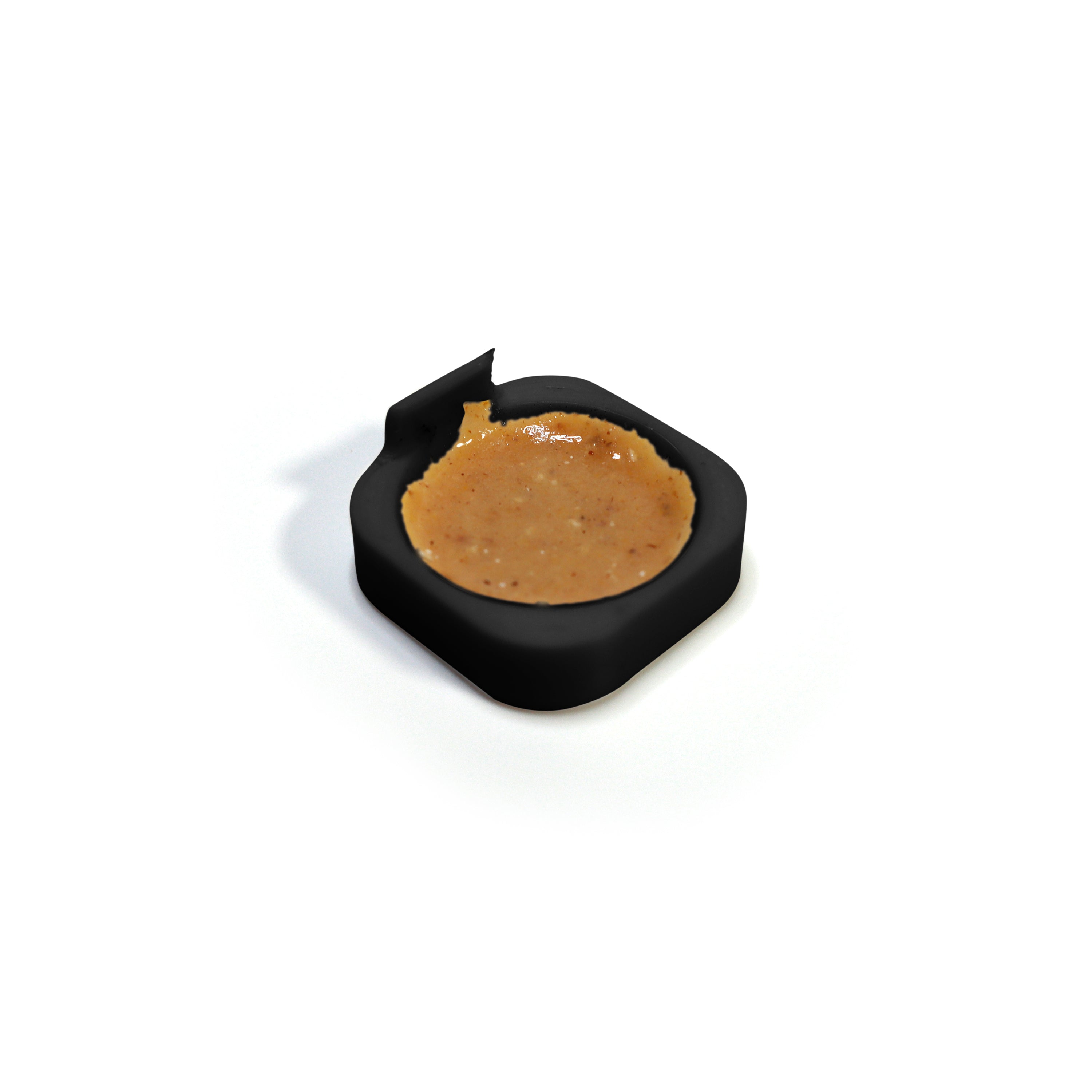
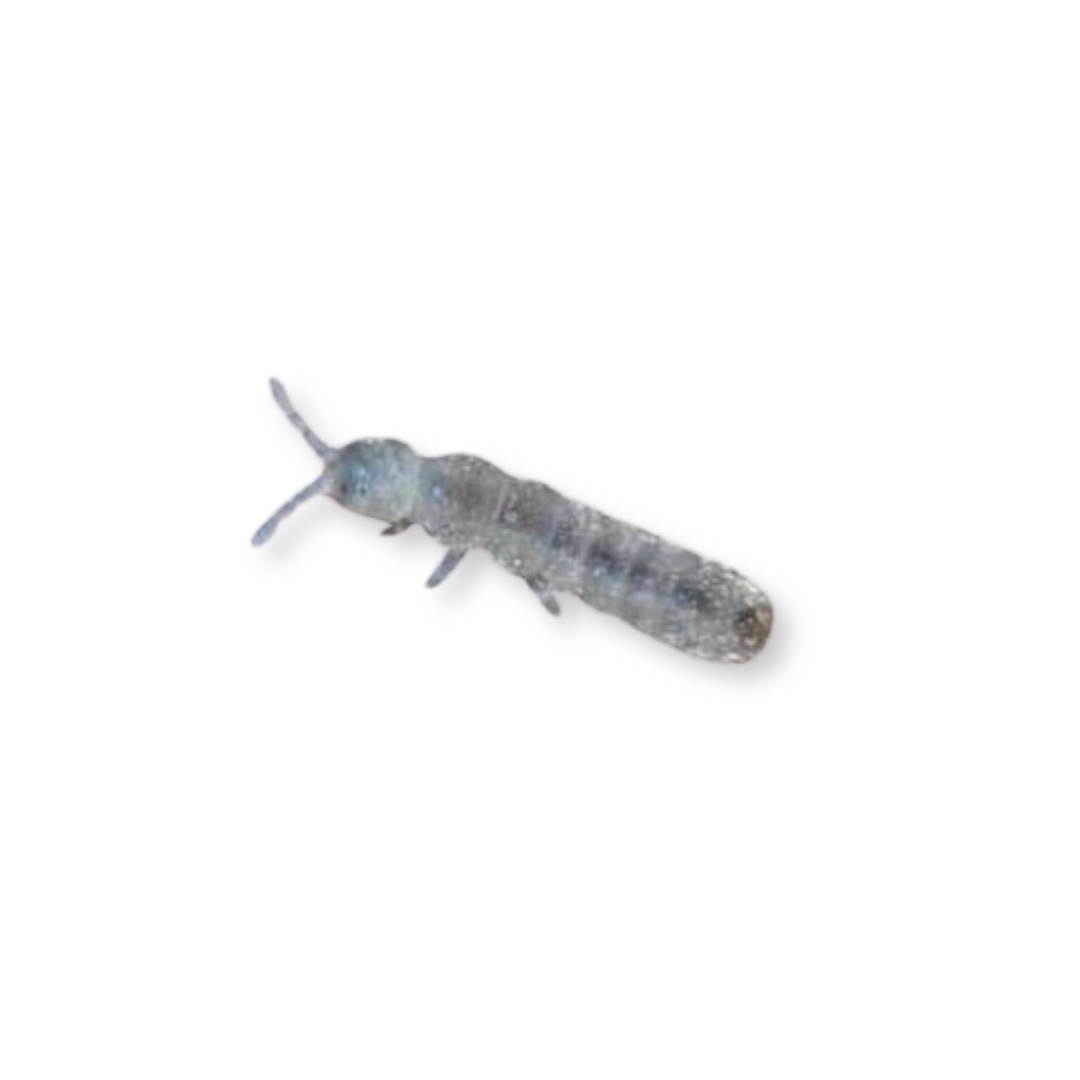
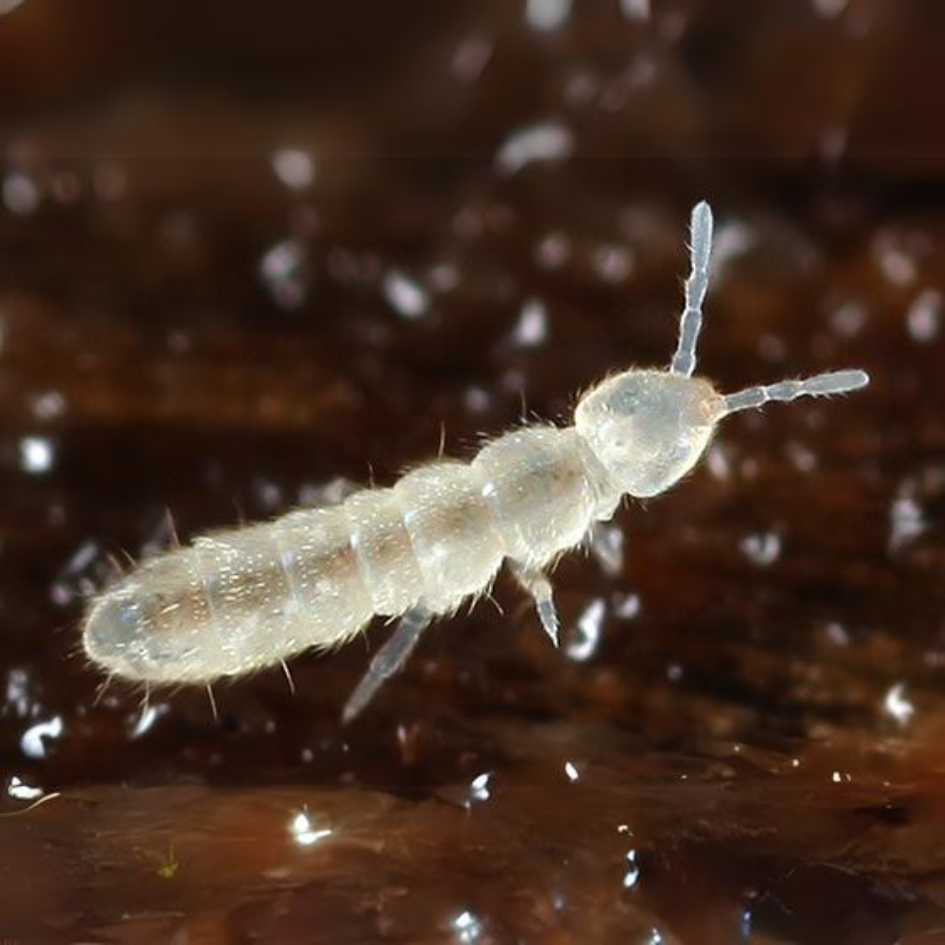
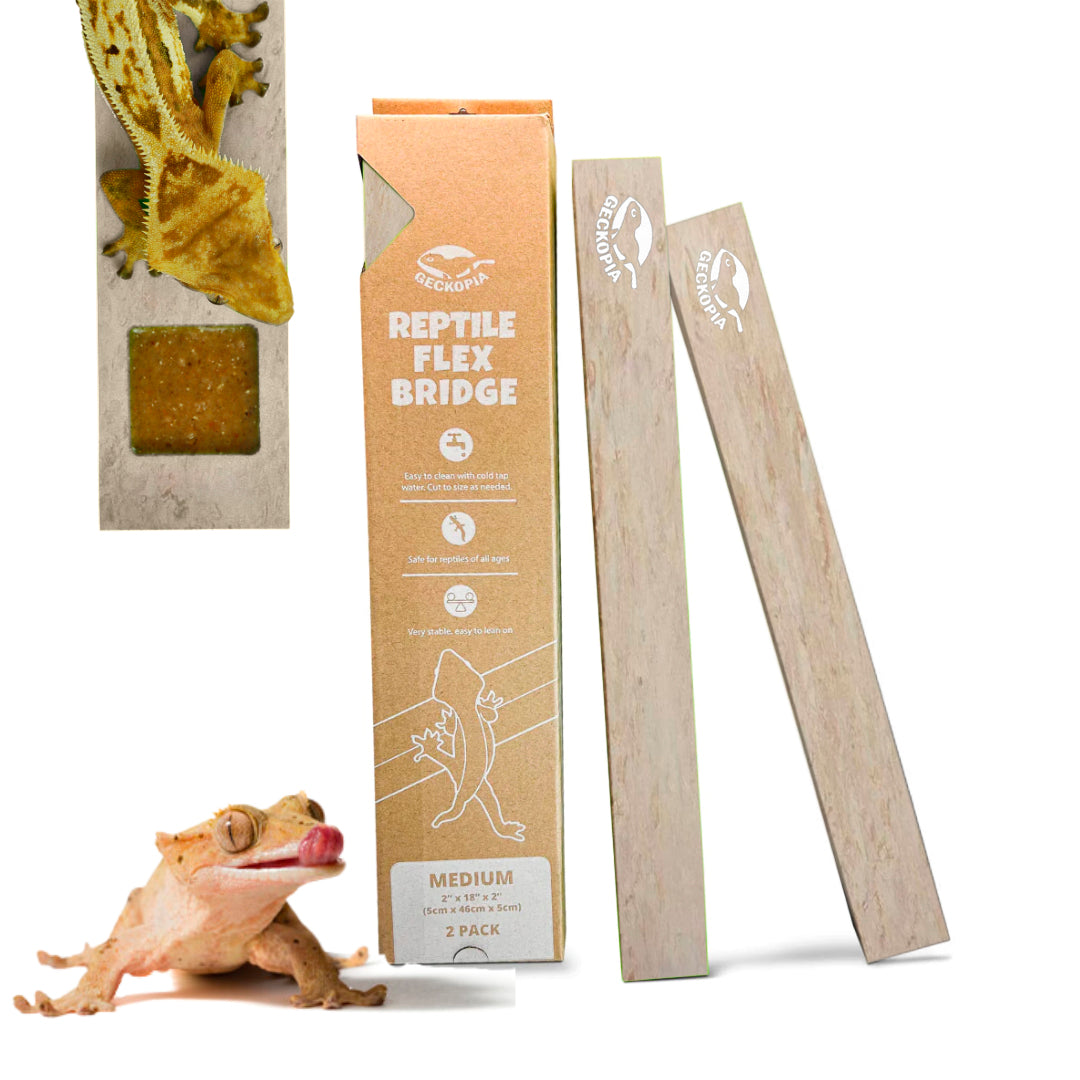

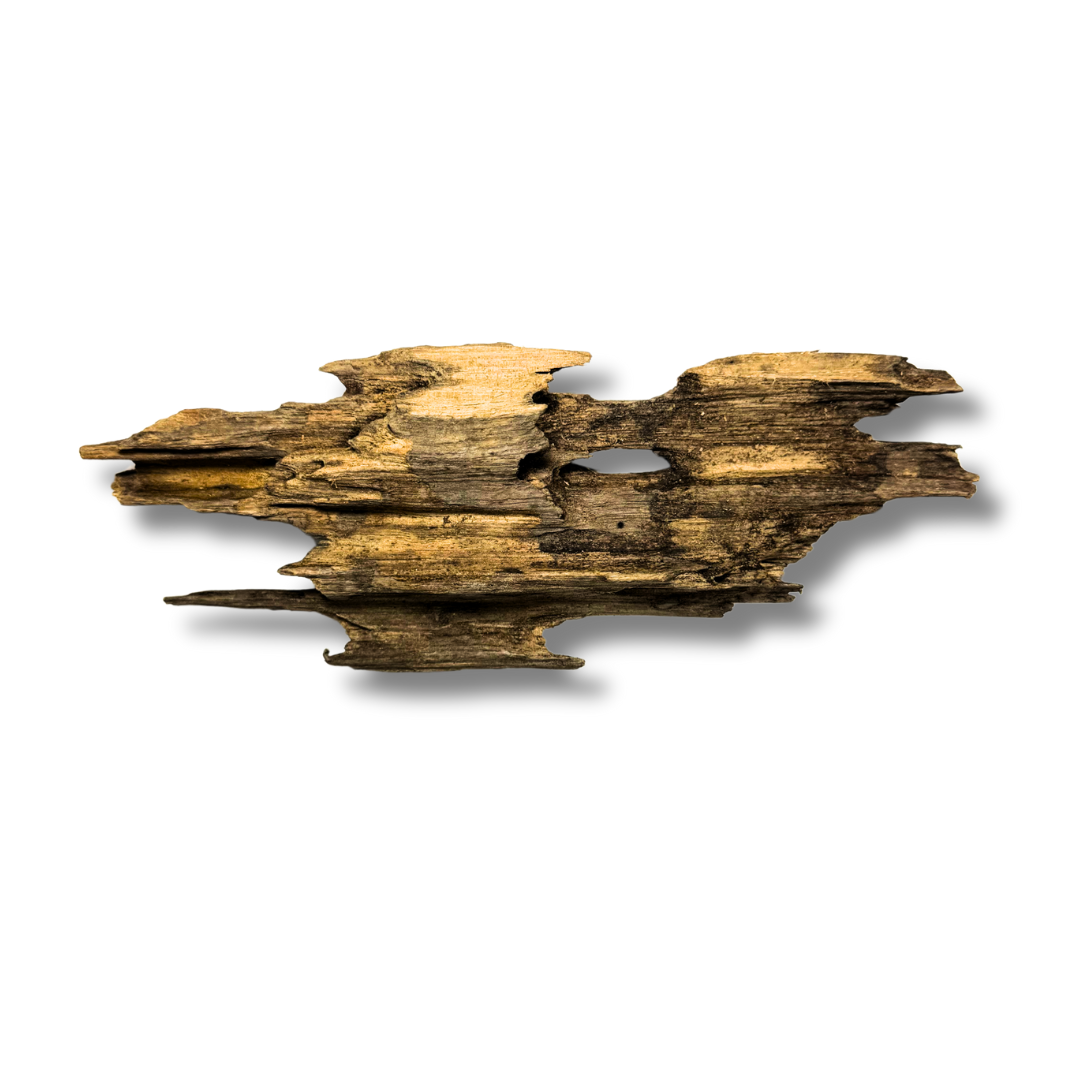
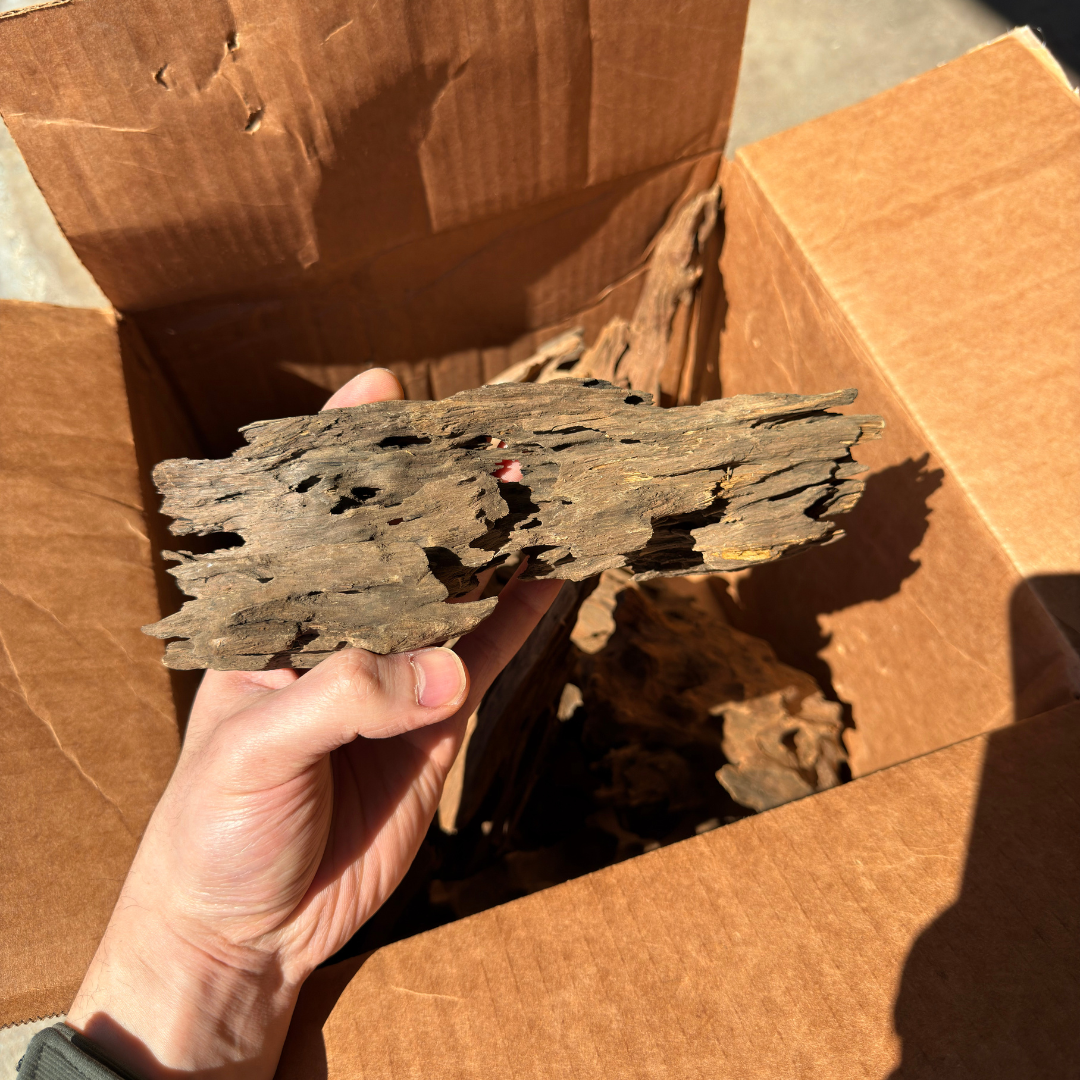
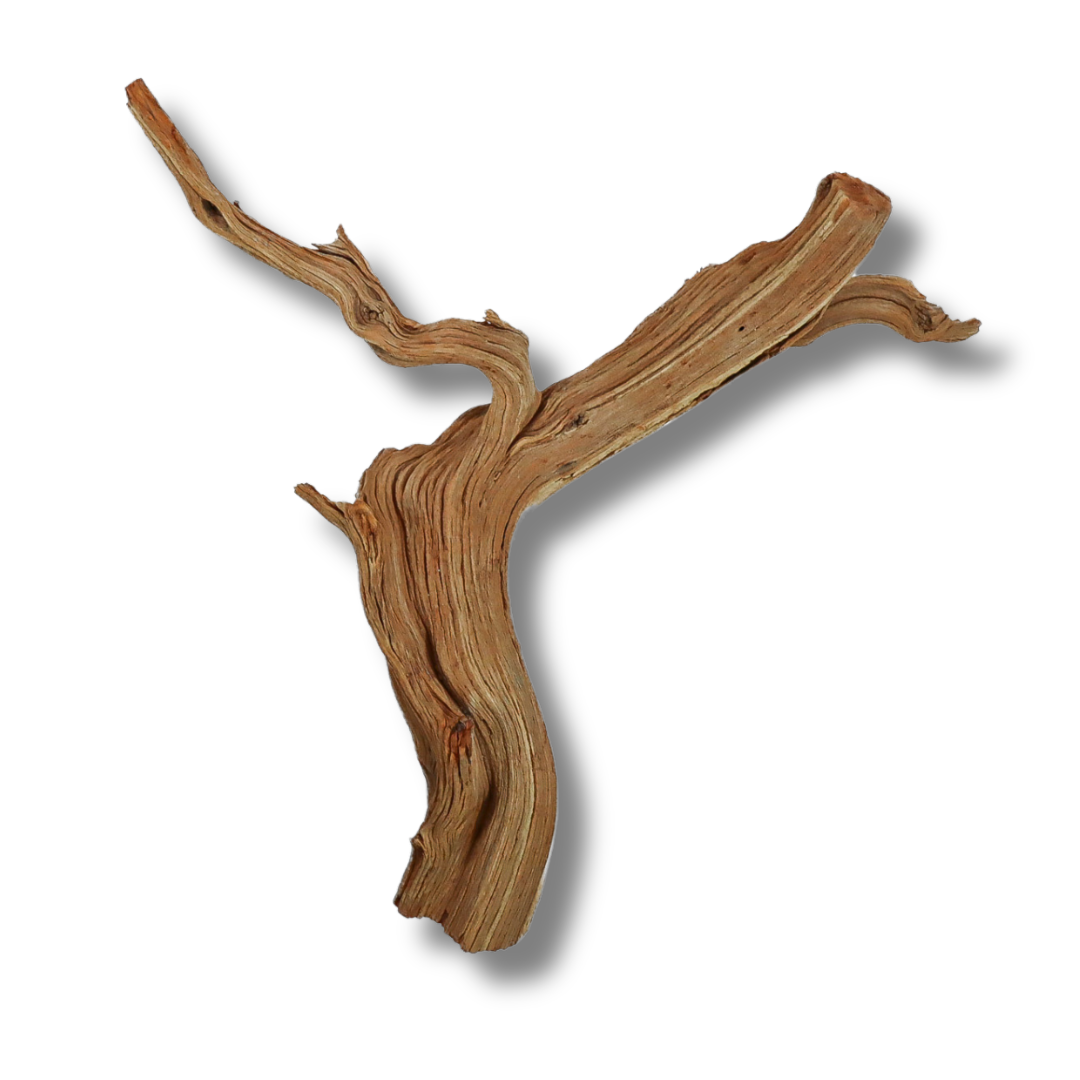

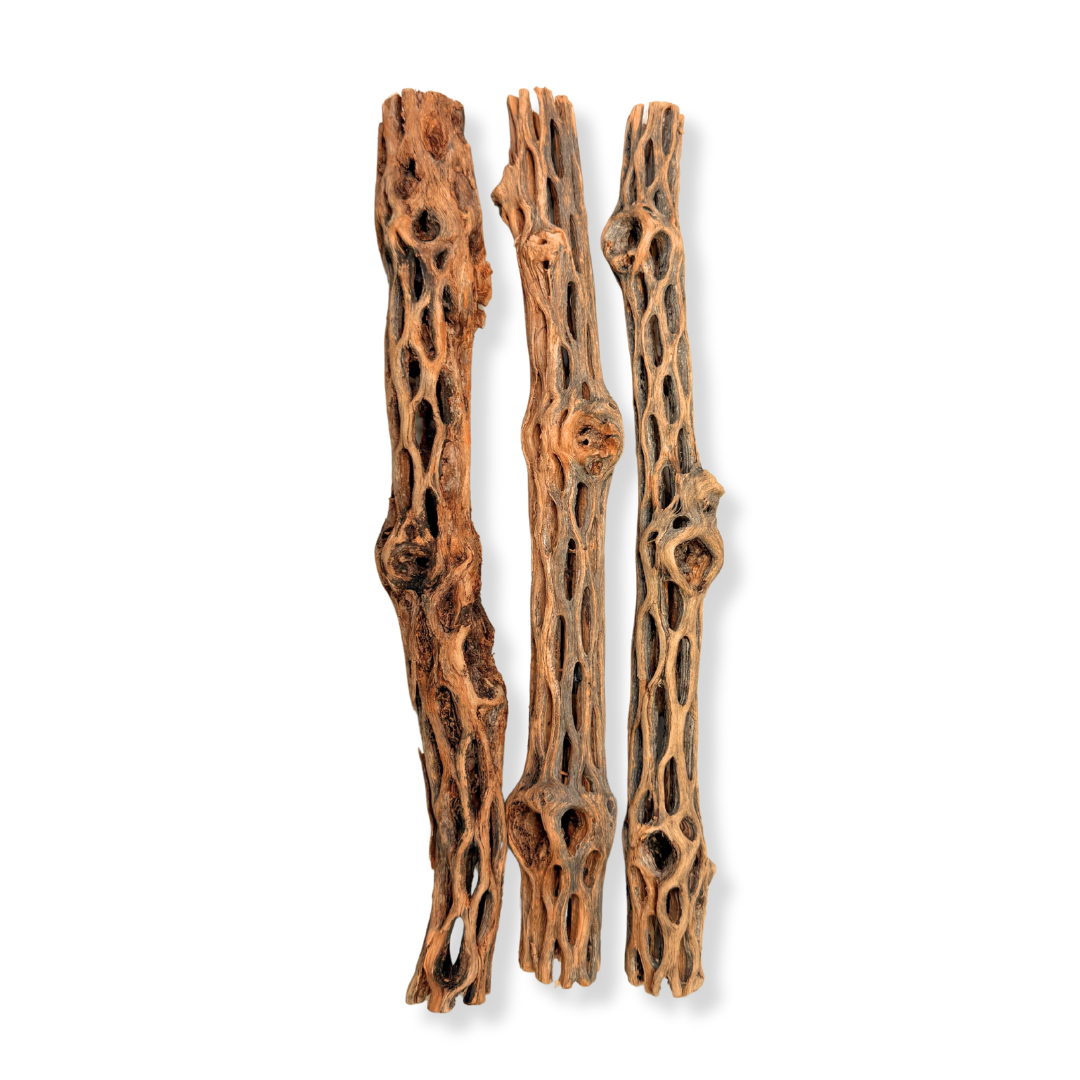
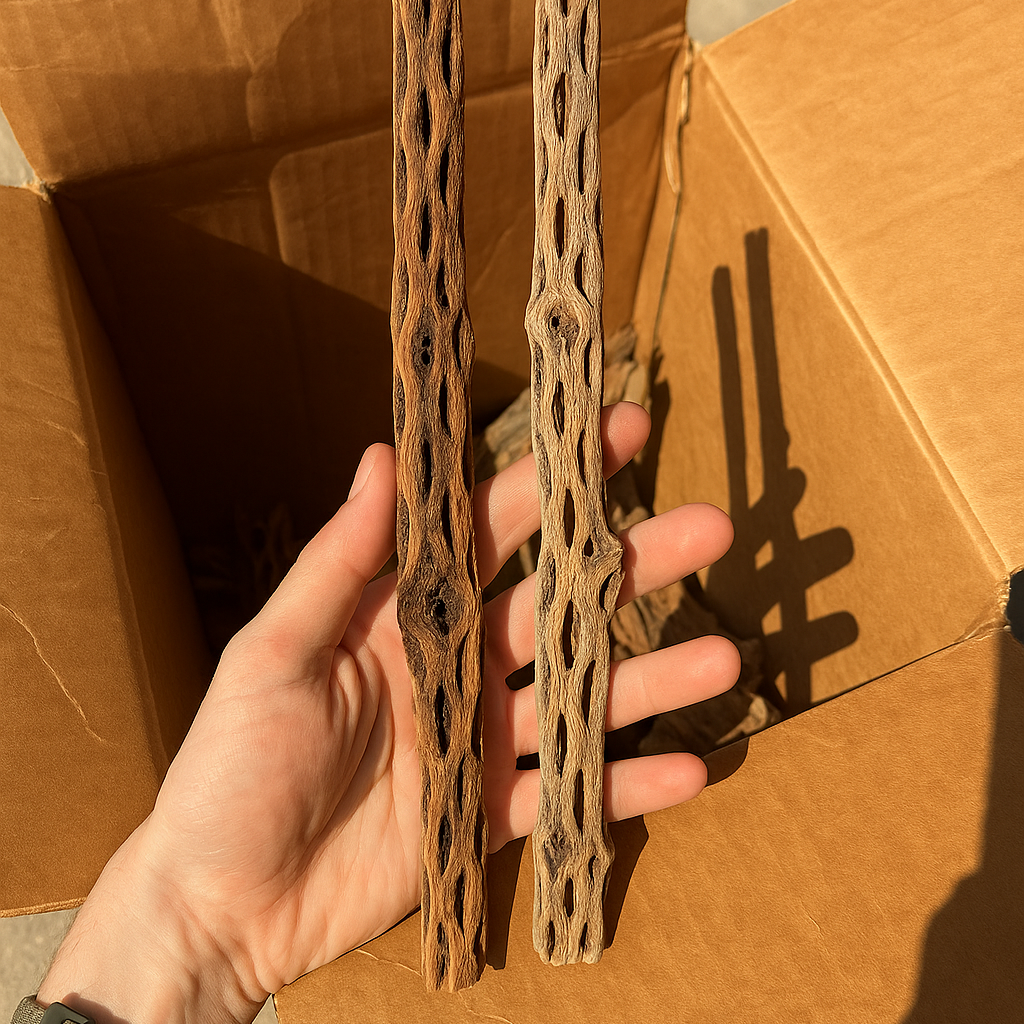
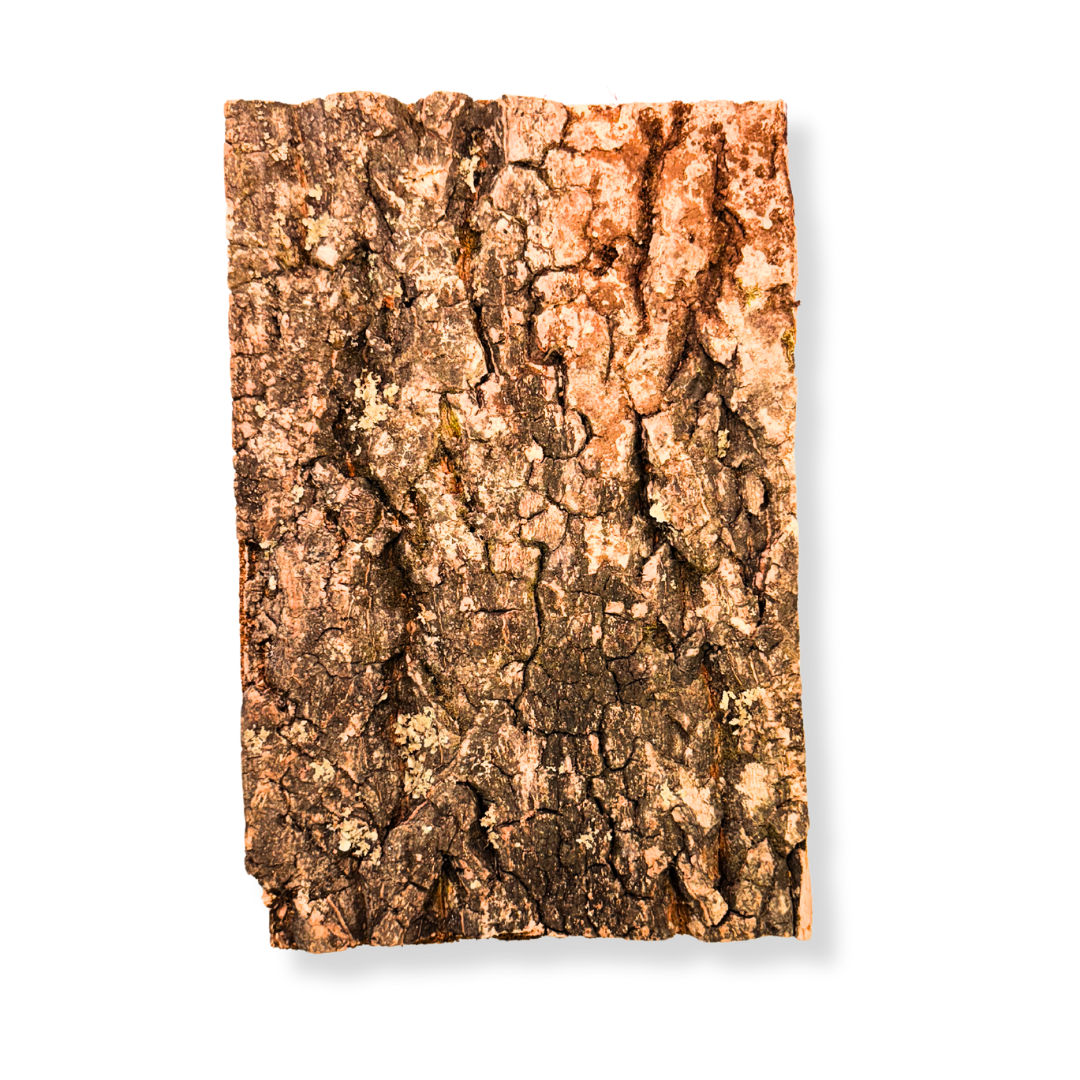
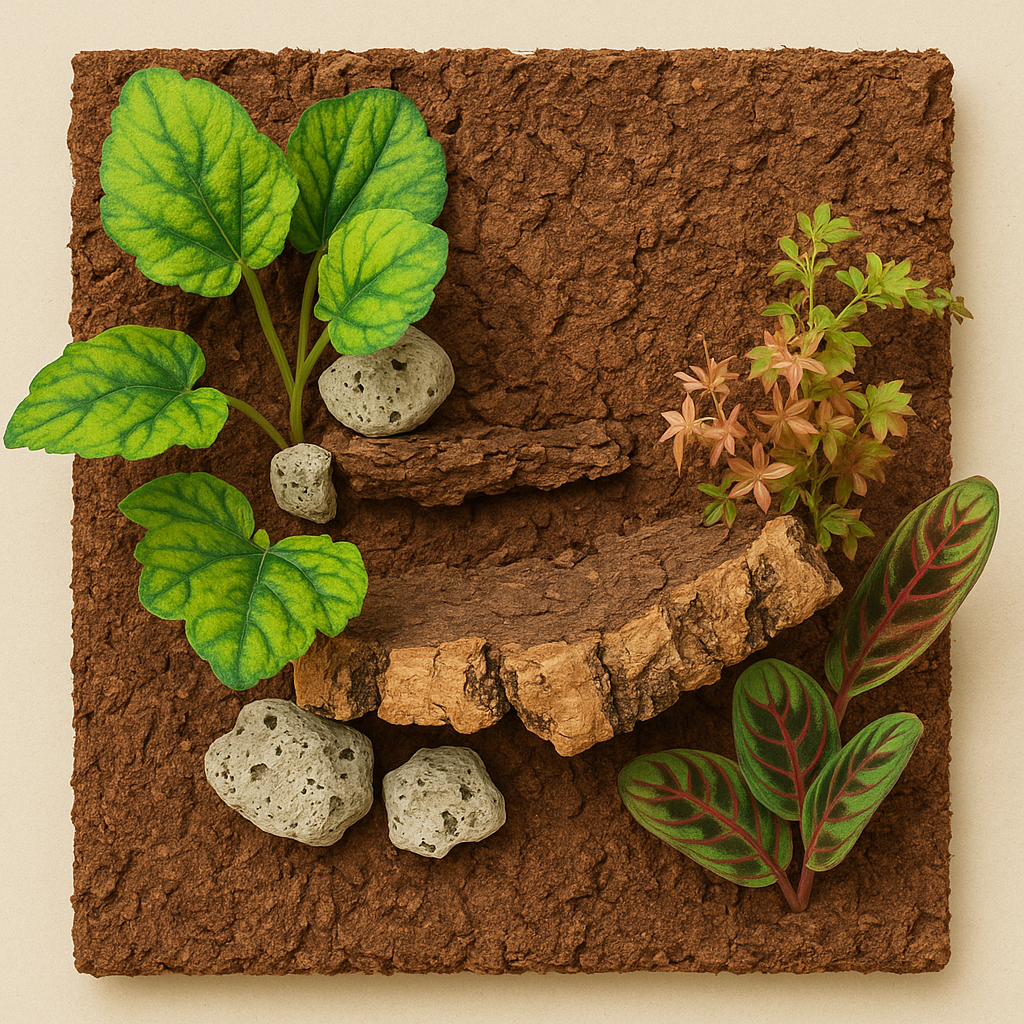
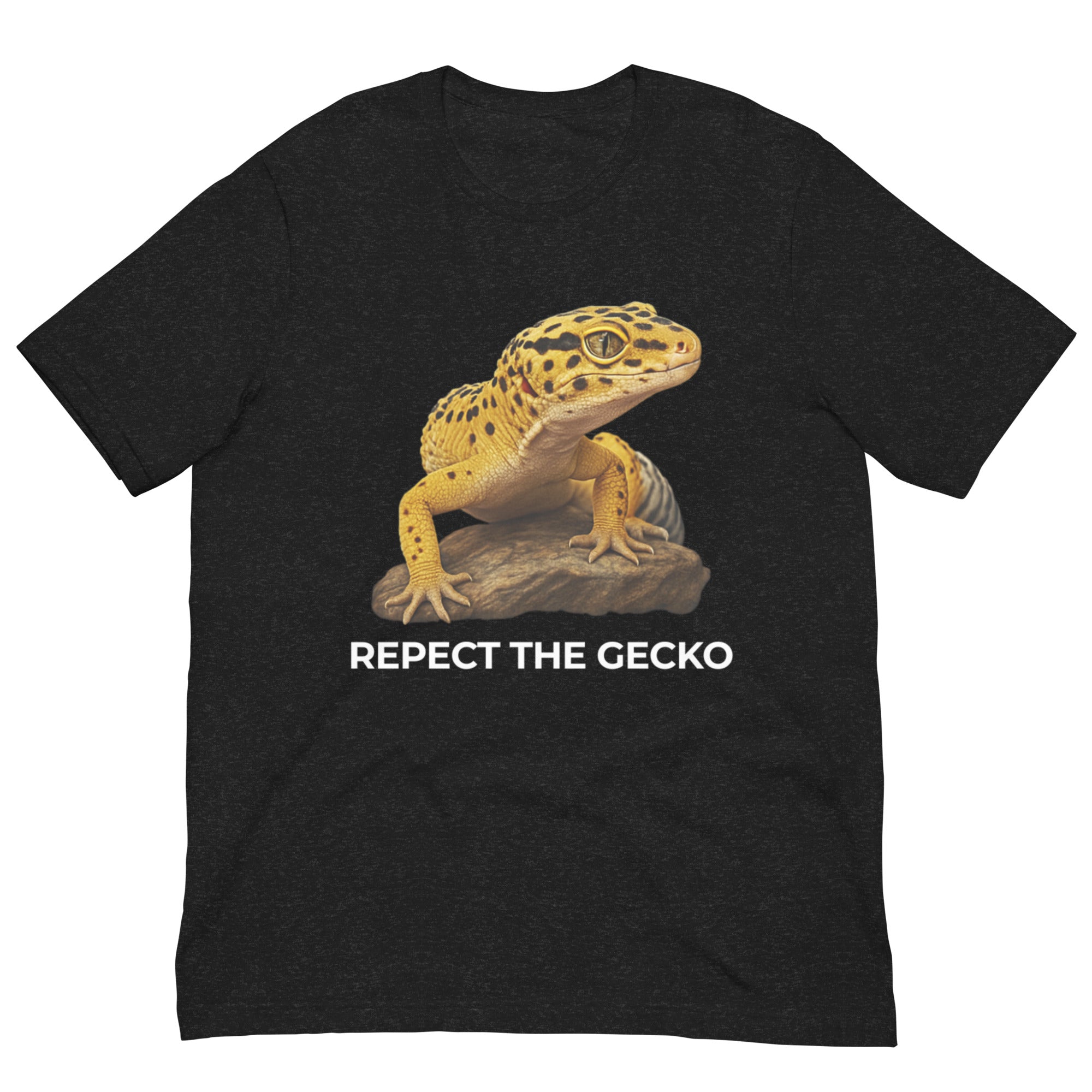
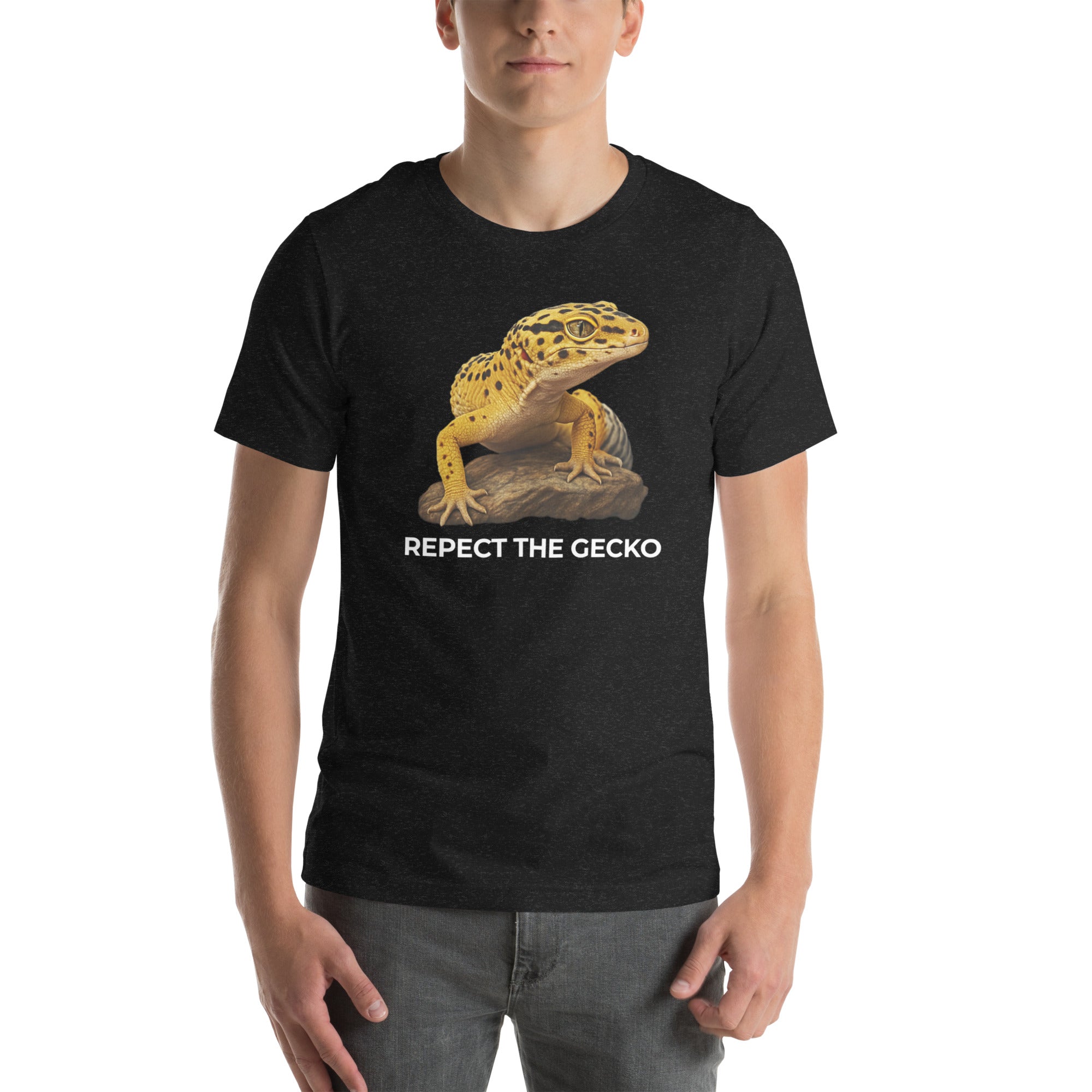

Leave a comment